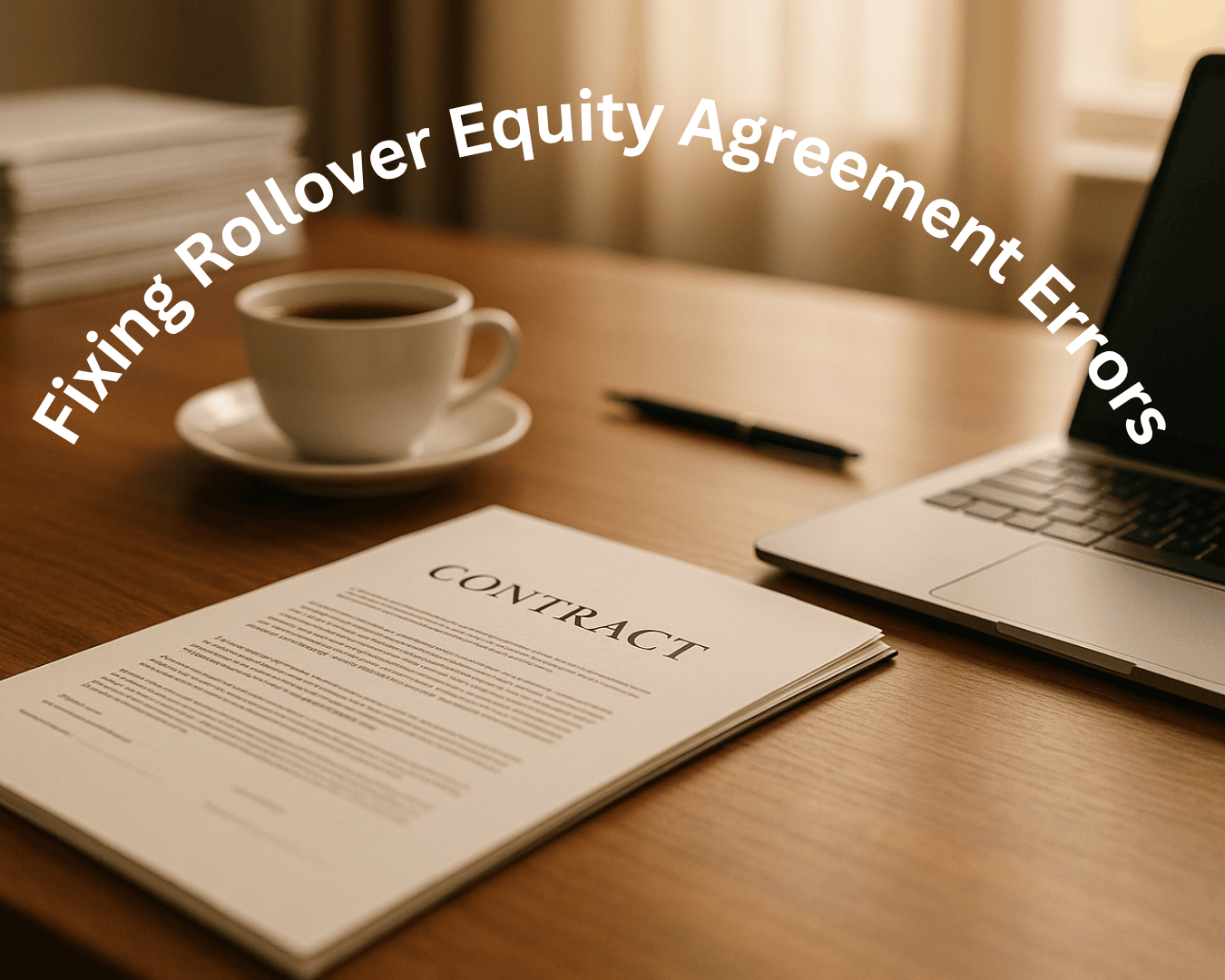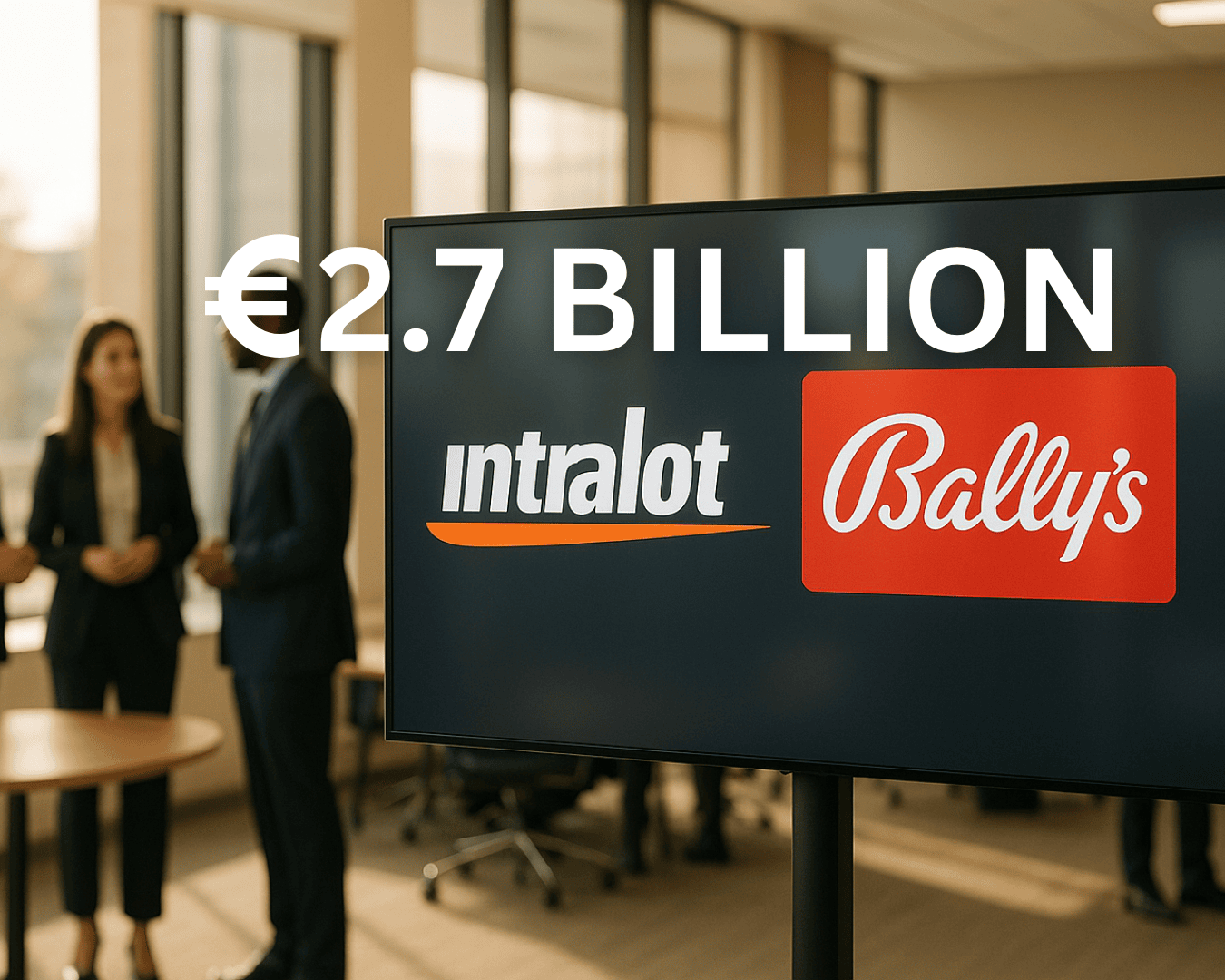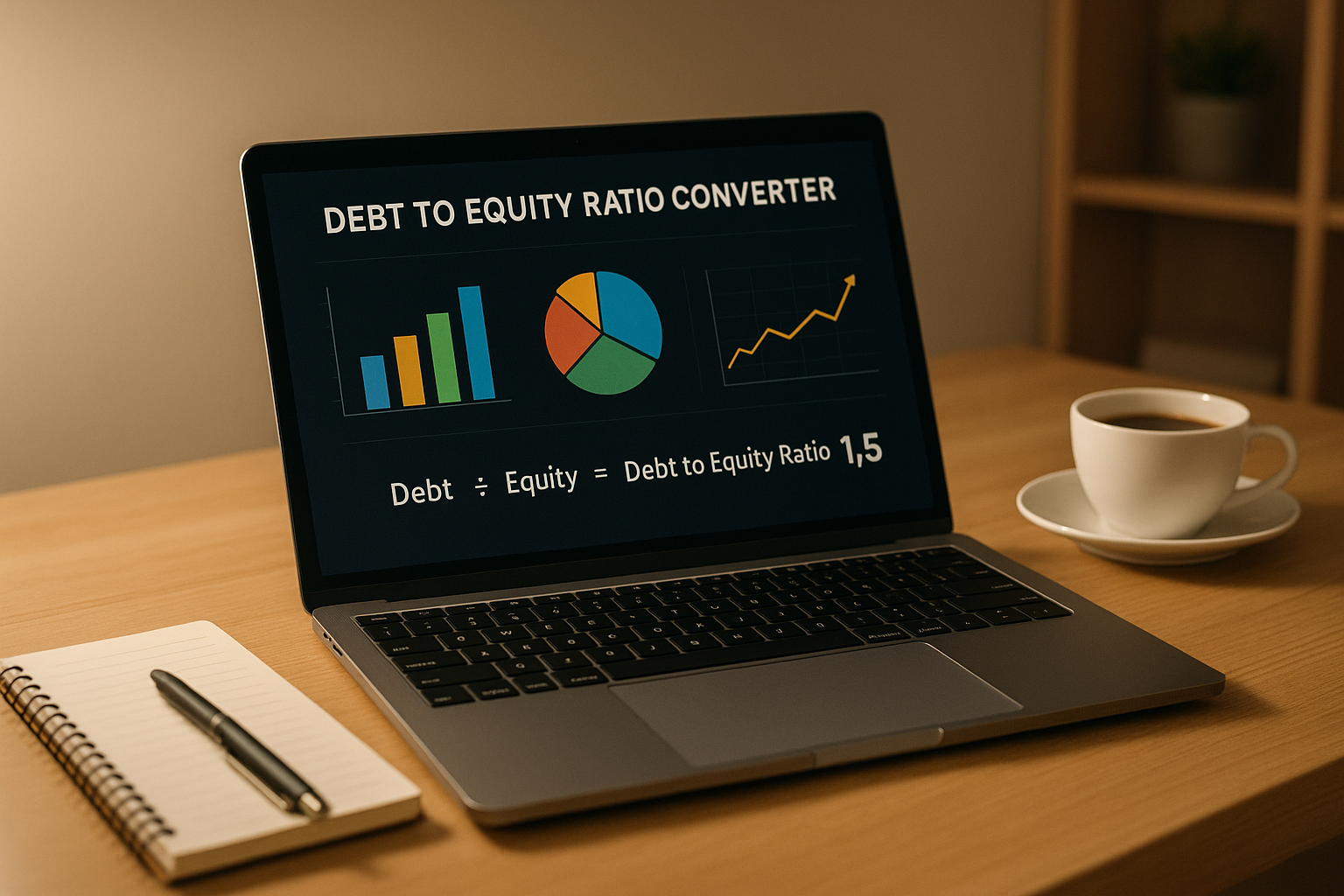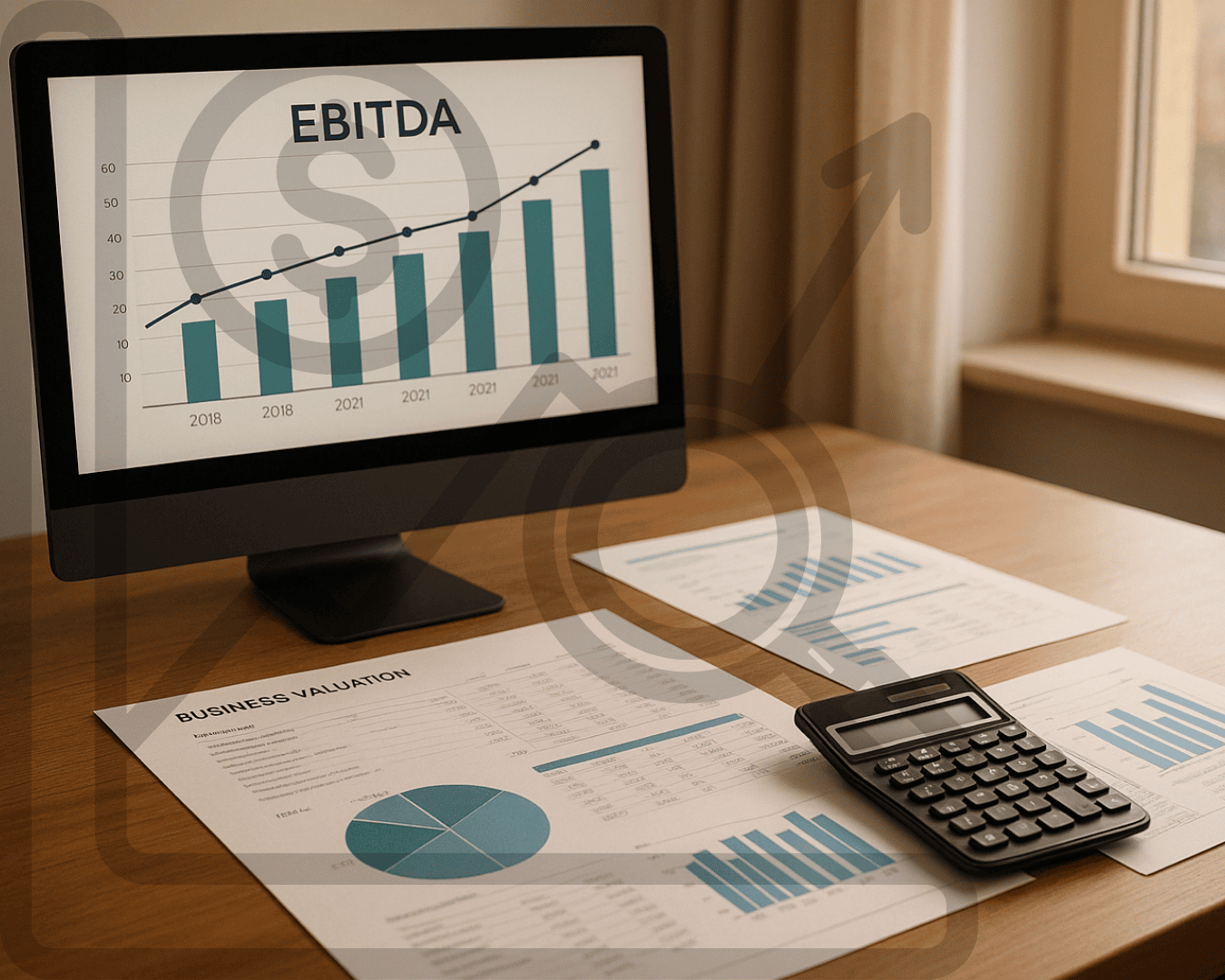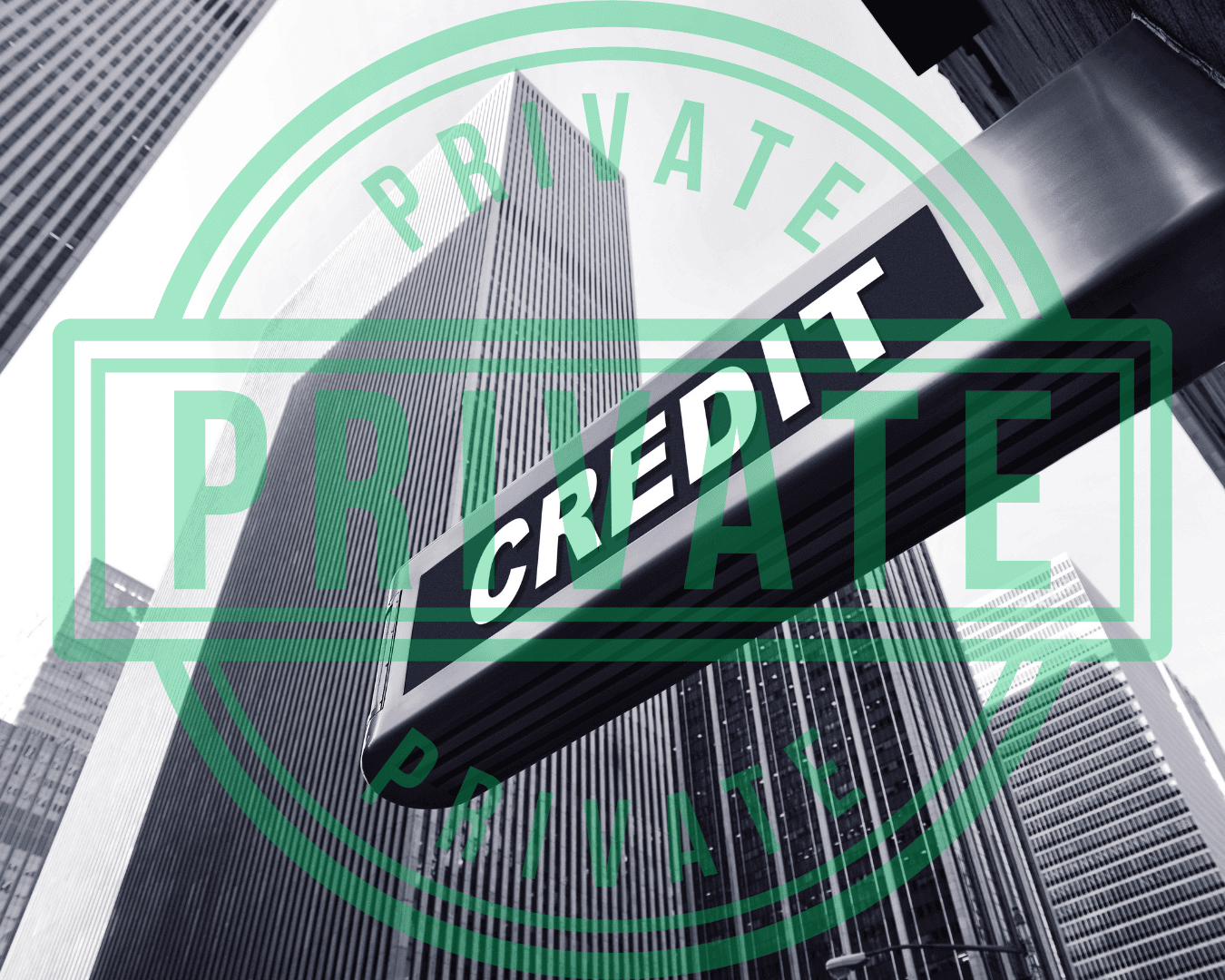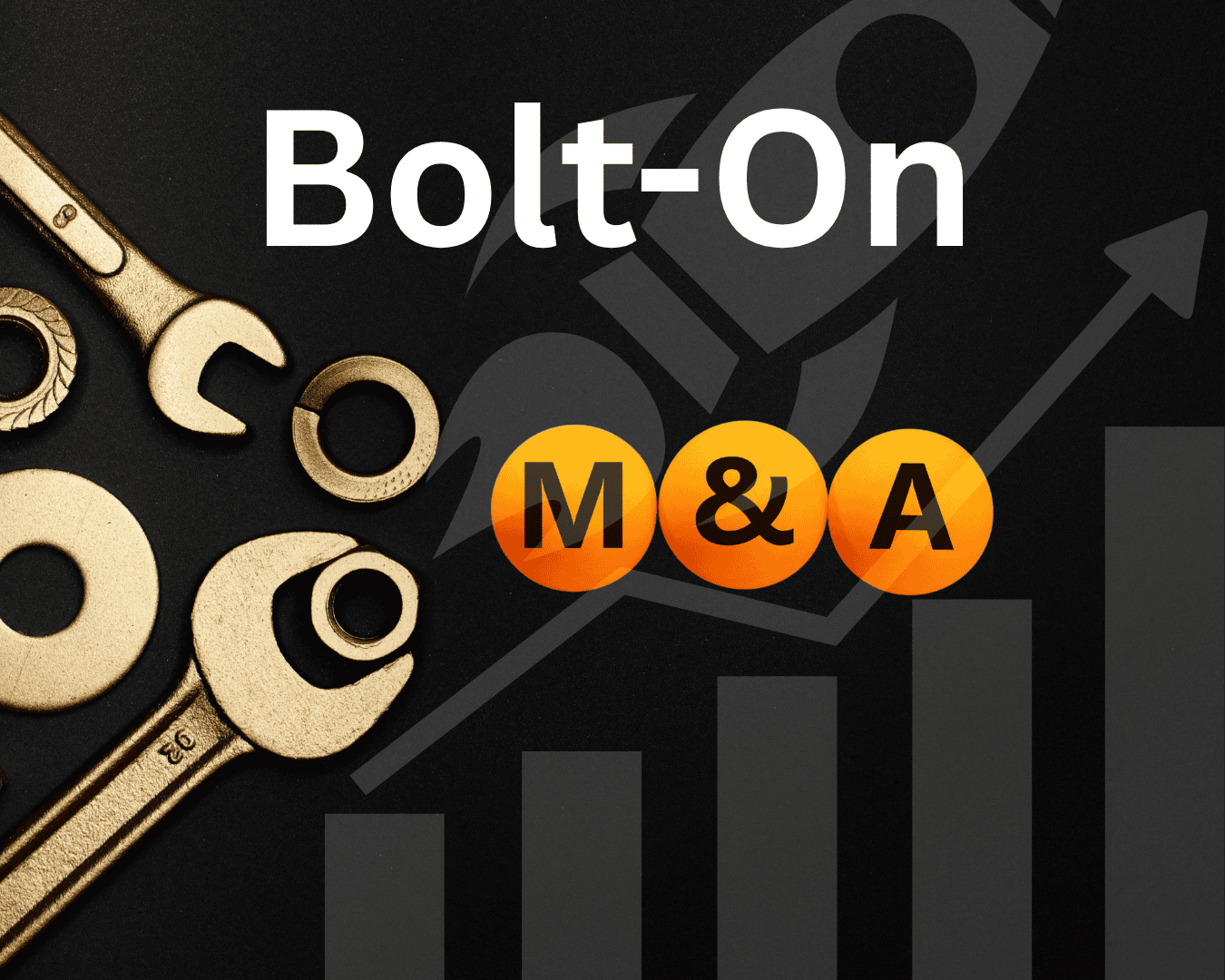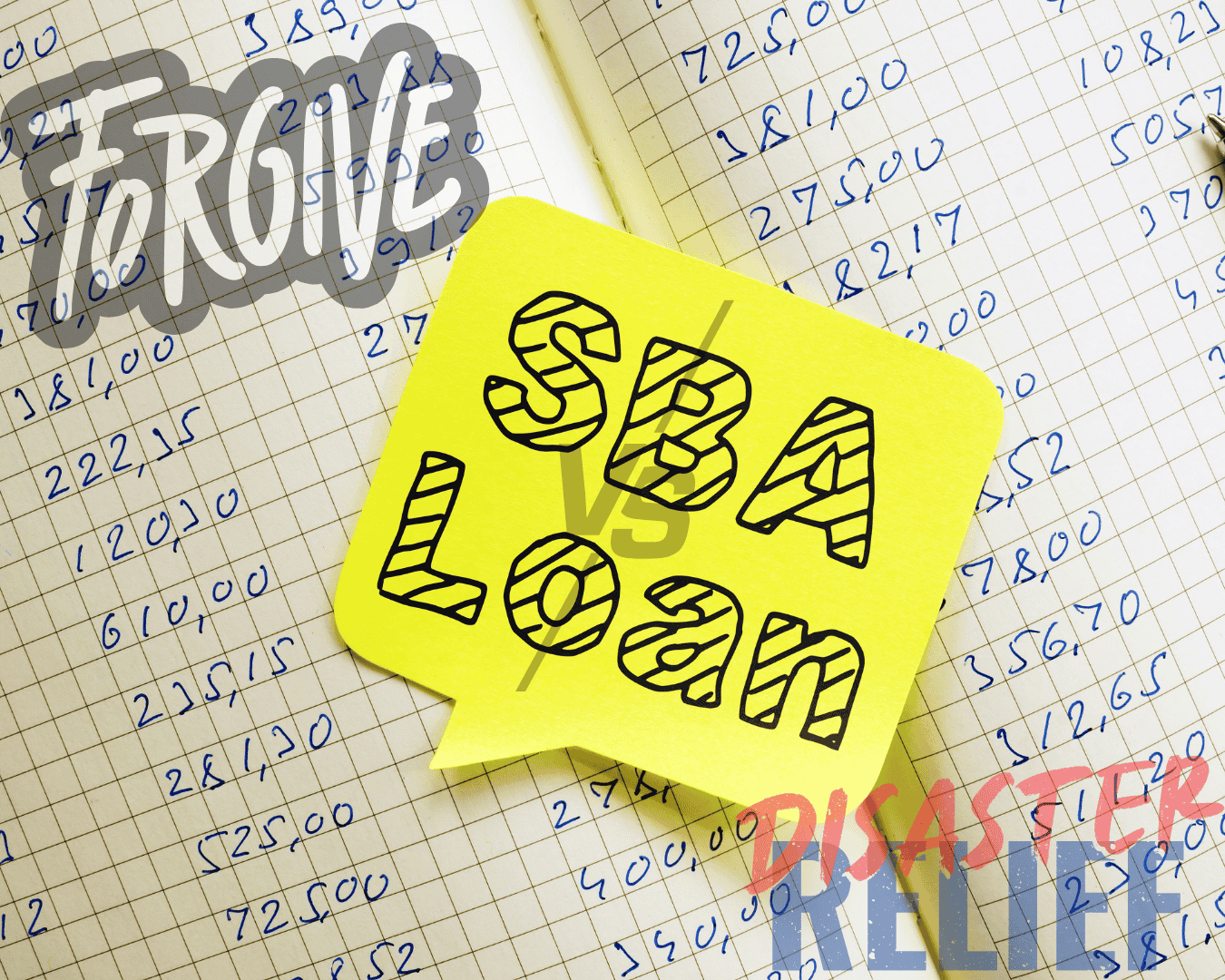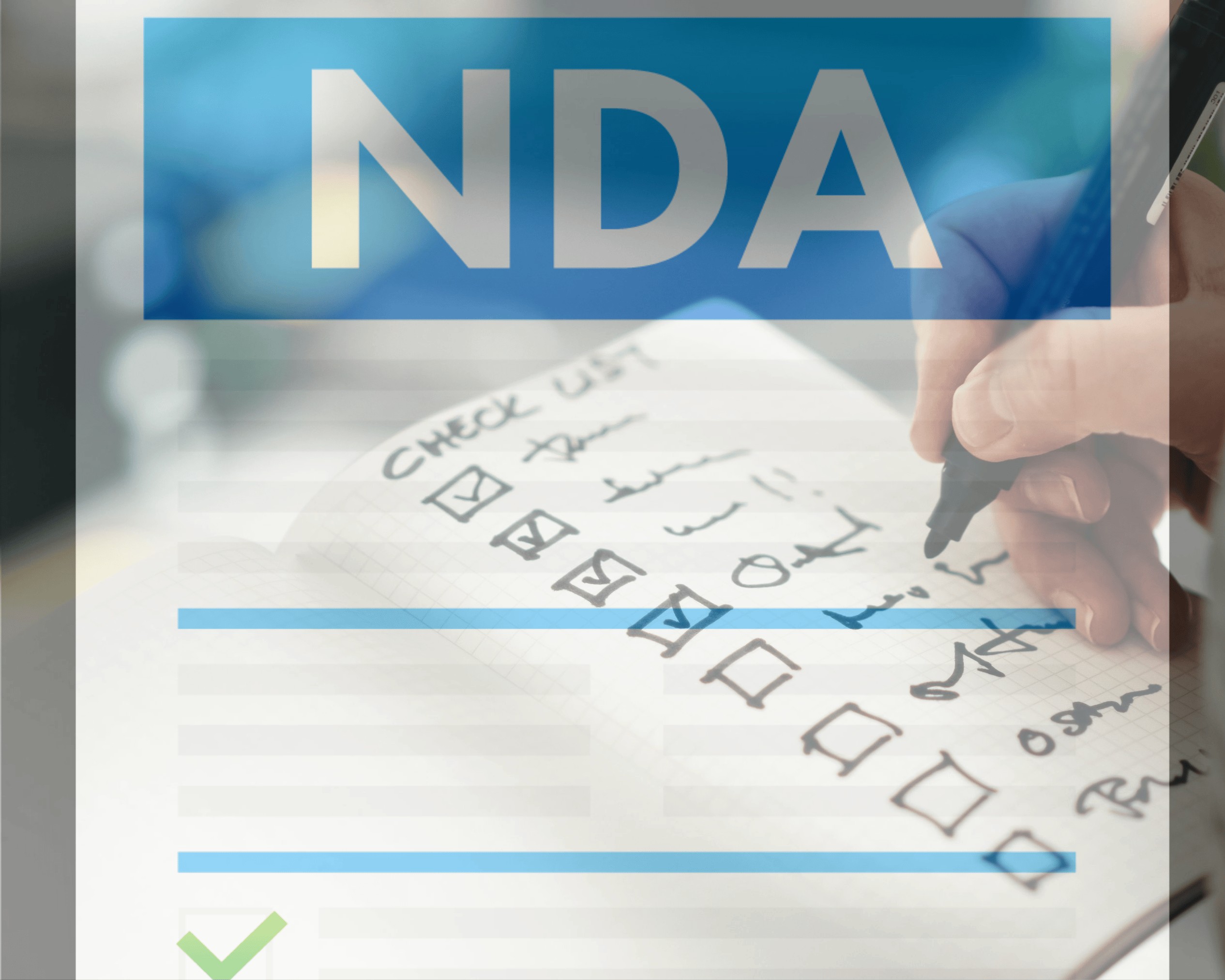Non-disclosure agreements (NDAs) are critical in mergers and acquisitions (M&A) to protect sensitive information like financial data, trade secrets, and operational details. There are two main types:
- Unilateral NDAs: Only one party shares confidential information, and the recipient is bound to keep it private. Common in early M&A stages when sellers disclose data to potential buyers.
- Mutual NDAs: Both parties exchange sensitive information and agree to protect it. Often used in complex deals where both sides need to evaluate each other.
Key Takeaways:
- Unilateral NDAs are simpler and used when only one party shares information.
- Mutual NDAs provide balanced protection but require more negotiation.
- Choosing the right NDA depends on factors like the direction of information flow, the seller's post-transaction role, and the type of transaction.
Both NDAs have unique challenges, such as enforceability issues in unilateral NDAs or longer negotiation times for mutual NDAs. To avoid problems, clearly define confidential information, set realistic terms, and consult legal experts. Tools like secure virtual data rooms can streamline NDA management and enhance confidentiality during M&A processes.
Unilateral NDAs in M&A
What Are Unilateral NDAs?
A unilateral NDA, or non-disclosure agreement, is a legal contract where only one party is obligated to keep shared information confidential. In this setup, information flows in one direction - from the disclosing party to the receiving party - while only the recipient is bound by confidentiality terms.
In mergers and acquisitions (M&A), sellers often need to share sensitive details like financial records, customer lists, operational processes, and strategic plans. The potential buyer, as the receiving party, is then legally required to protect this information from unauthorized use or disclosure. This structure differs from mutual NDAs, where both parties share confidentiality responsibilities.
Unilateral NDAs are relatively simple, laying out what qualifies as confidential information, how it can be used, and any exceptions, such as disclosures required by law or information already in the public domain.
When to Use Unilateral NDAs
Unilateral NDAs are commonly used in M&A transactions, especially in the early stages when sellers must provide sensitive details to potential buyers. They are particularly useful when there’s an imbalance of information - where one side holds valuable confidential data, and the other needs access solely for evaluation purposes.
For example, during the due diligence phase, sellers often share financial statements, customer data, and operational insights. A unilateral NDA ensures this information is safeguarded against misuse. However, even in these straightforward scenarios, poorly drafted agreements can lead to complications.
Brokers and intermediaries also find unilateral NDAs helpful. Leveraging automated tools to deploy these agreements can streamline the process, ensuring confidentiality while saving time during initial outreach efforts.
Problems with Unilateral NDAs
Despite their simplicity, unilateral NDAs can face enforceability issues if the terms around confidentiality are vague. Ambiguities about what qualifies as confidential or how the information can be used may lead to disputes, undermining the agreement’s protections.
One common issue is managing access to the disclosed information. Without clear guidelines on who within the recipient’s organization can view the data, there’s a risk of uncontrolled distribution.
Overly broad definitions of confidential information can also create friction. For instance, if the NDA restricts the recipient from using general industry knowledge, it might be deemed too restrictive and unenforceable.
Another critical risk is failing to include proper carve-outs for legal disclosures. An effective NDA should outline exceptions for information that becomes public, is independently developed, or must be disclosed under legal obligations. Without these provisions, the agreement may lack legal standing.
Residuals clauses - allowing the recipient to retain general concepts or ideas in their employees’ memories - can also pose challenges. If these clauses are too broad, they can undermine the very purpose of the NDA.
To mitigate these risks, sellers should:
- Clearly define what constitutes confidential information.
- Specify how the information can be used.
- Detail the recipient’s obligations, including who can access the data.
- Include remedies for breaches and address inadvertent disclosures.
- Establish clear termination terms for the agreement.
Additional safeguards, such as using secure virtual data rooms to control access and consulting legal experts to tailor the NDA to specific risks, can further strengthen its enforceability.
Next, we’ll look at how mutual NDAs tackle similar confidentiality concerns while balancing obligations on both sides.
Mutual NDAs in M&A
What Are Mutual NDAs?
Mutual NDAs, or bilateral NDAs, are agreements where both parties commit to protecting each other's confidential information. Unlike unilateral NDAs, which impose obligations on only one party, mutual NDAs allow for the exchange of sensitive data in both directions. This is particularly important in M&A transactions, where both the buyer and seller often need to share proprietary details.
For instance, a seller might disclose financial records or operational insights, while a buyer could share strategic plans, financing details, or valuation analyses. The structure of a mutual NDA mirrors that of a unilateral agreement but emphasizes balanced responsibilities, creating a fair framework for sharing information during complex negotiations.
When to Use Mutual NDAs
Mutual NDAs are most effective when both parties need to exchange sensitive information, a common scenario in sophisticated M&A deals. These agreements are especially valuable in situations where sellers evaluate buyers' financial capabilities or strategic alignment.
Joint ventures and strategic partnerships also frequently require mutual NDAs since both entities contribute proprietary data to explore potential synergies. As attorney David Kaplan explains:
"Mutual NDAs are used more often for joint ventures and M&A transactions when buyers issue equity as consideration." - David Kaplan, Esq., LL.M., Attorney At Law
In M&A deals, mutual NDAs are particularly useful when sellers remain involved post-transaction, such as through earnout arrangements or consulting roles. These agreements provide assurance that sellers' confidential information will remain protected during and after the deal.
The technology sector often relies on mutual NDAs, especially when both parties are developing innovative products. Protecting intellectual property and preventing leaks is critical in these cases. Additionally, transactions involving equity consideration (rather than cash) typically necessitate mutual NDAs, as buyers must disclose detailed information about their stock, financial health, and business prospects to help sellers properly evaluate the offer.
Problems with Mutual NDAs
While mutual NDAs provide balanced protection, they come with their own set of challenges. Negotiating terms can be time-consuming, as both parties must carefully review provisions to ensure their confidential information is adequately safeguarded. This process often leads to longer negotiation periods and more complex agreements.
Different types of confidential information require tailored protections, which can complicate negotiations. For example, a seller's customer lists might need stricter safeguards than a buyer's financing details. Reaching a consensus on the scope of confidentiality can be difficult when parties have varying levels of comfort with how broadly information is defined.
Managing compliance is another hurdle. Since both parties have obligations, companies must monitor not only the information they disclose but also the data they receive. This dual responsibility increases administrative burdens and the risk of accidental breaches.
Enforcement also becomes more complicated. If a breach occurs, both parties might have claims, making it challenging to determine damages and remedies. Identifying which party's information was compromised and assessing the resulting harm requires thorough analysis.
With 70% of companies reporting major disruptions from data breaches, it's clear that effective NDA implementation is critical. Mutual NDAs demand robust systems to track and protect confidential information from both sides. To mitigate risks, parties should:
- Clearly define what qualifies as confidential information for each party.
- Specify the purpose of sharing sensitive data.
- Implement monitoring procedures to ensure compliance.
- Regularly review access controls and breach response protocols.
Mutual vs. Unilateral NDAs: Side-by-Side Comparison
Main Differences Between Mutual and Unilateral NDAs
Here’s a clear comparison of mutual and unilateral NDAs, highlighting how they differ in terms of information sharing, confidentiality duties, and their role in M&A transactions:
| Aspect | Unilateral NDA | Mutual NDA |
|---|---|---|
| Information Flow | One-way flow from the disclosing party to the receiving party | Two-way exchange between both parties |
| Confidentiality Obligations | Only the receiving party is bound by confidentiality | Both parties are bound by confidentiality |
| Common Use Cases | Suitable when only one party shares information (e.g., a company disclosing details to a consultant or a target company sharing with a buyer) | Ideal when both parties share sensitive information (e.g., during merger discussions or joint ventures) |
| Typical M&A Application | Commonly used in M&A transactions | Preferred when both buyer and seller exchange confidential data |
Unilateral NDAs are best for situations where information flows in a single direction, such as when a company shares proprietary details with a consultant or potential buyer. On the other hand, mutual NDAs are more suitable when both parties need to share sensitive information, such as during merger talks where both sides evaluate each other’s financials or strategic fit. These distinctions help guide the choice of NDA based on the specifics of the transaction.
How to Choose Between Mutual and Unilateral NDAs
Selecting the right type of NDA depends on practical factors tailored to the transaction’s needs:
- Information Flow Direction: If only one party is disclosing sensitive information, a unilateral NDA is sufficient. For transactions where both sides exchange confidential data, a mutual NDA is more fitting.
- Seller’s Role Post-Transaction: In cases where the seller exits entirely, unilateral NDAs often suffice. However, if the seller remains involved - such as in consulting roles or retaining equity - mutual NDAs are better suited for enabling due diligence on both sides.
- Type of Transaction: Joint ventures, which involve extensive collaboration, typically require mutual NDAs. Similarly, stock-for-stock mergers where the seller retains a stake in the combined entity benefit from mutual agreements.
- Existing Relationship and Trust: Established relationships may allow for simpler agreements, while first-time dealings often call for mutual NDAs to ensure balanced protection.
- Risk of Disclosure: Assess the potential fallout of a confidentiality breach. Higher stakes or risks may necessitate mutual NDAs for stronger safeguards.
Consulting with M&A advisors, legal experts, or investment bankers can provide additional clarity when navigating these considerations. The goal is to align the NDA with the nature of the information being shared and the level of protection required, ensuring confidentiality throughout the transaction process.
sbb-itb-a3ef7c1
Best Practices for NDA Use in M&A
Common NDA Problems in M&A
M&A transactions often run into recurring issues with NDAs that can disrupt deals or create legal headaches. One of the most frequent problems is overly broad definitions of confidential information. When the scope of what’s considered confidential is too vague or expansive, disputes arise over what actually qualifies as protected material. This lack of clarity can make NDAs harder to enforce and might even discourage legitimate business activities.
Another common issue revolves around duration and term limits. Some NDAs include timelines that are either impractical or lack clear end dates altogether. Without specifying when confidentiality obligations expire, businesses may face indefinite restrictions that courts are unlikely to uphold.
Permitted disclosure exceptions can also be a gray area. When these clauses are unclear, businesses may inadvertently breach their agreements or, conversely, become overly cautious in sharing information. This uncertainty can stifle necessary collaboration during the deal process.
The "use" clause is particularly tricky in M&A contexts. For example, in Martin Marietta Materials, Inc. v. Vulcan Materials Company, the Delaware Court of Chancery interpreted the NDA’s "use" clause as a standstill provision, effectively blocking Martin Marietta from launching a hostile bid. The agreement limited the use of confidential information strictly to negotiated transactions. On the other hand, in Cardiovascular Support Perfusion Reliance Network, LLC v. SpecialtyCare, Incorporation, the court ruled that a restrictive "use" clause didn’t stop SpecialtyCare from pursuing a separate contract, as there was no evidence they misused confidential information. These cases underscore the importance of clearly defining how confidential information can - and cannot - be used.
These recurring challenges highlight the need for precise, well-structured NDAs in M&A processes.
How to Implement NDAs Effectively
To create effective NDAs, start by identifying all parties involved and defining confidential information with precision. This includes naming subsidiaries, advisors, or any other entities that may access sensitive data. Be specific about what constitutes confidential information, and outline clear exclusions to avoid misunderstandings.
A phased approach to information disclosure can help maintain control. Instead of sharing everything upfront, release data in stages as negotiations progress. This allows you to gauge the other party’s commitment while retaining leverage.
"The non-disclosure agreement (NDA) is the first document to be signed in a transaction and sets the tone for negotiations."
- Jacob Orosz, President of Morgan & Westfield
Control access to sensitive information by limiting the number of people involved in the transaction and implementing strict protocols. Using secure virtual data rooms (VDRs) can further protect confidential documents and provide audit trails for accountability.
When setting terms and timelines, aim for a balance between adequate protection and practicality. Most NDAs include terms lasting two to five years, with clear consequences outlined for breaches. Also, address what happens to confidential information after the agreement ends - whether it should be returned or destroyed - to ensure proper data management.
Engaging legal counsel is another critical step. A professional review ensures the NDA addresses specific risks and includes enforceable clauses tailored to the transaction.
Lastly, include monitoring and enforcement mechanisms in your NDA strategy. Provisions for auditing information use can be particularly useful when dealing with competitors. Clearly define dispute resolution methods, such as mediation or arbitration, and specify governing law and jurisdiction to avoid future complications.
How Clearly Acquired Simplifies NDA Management
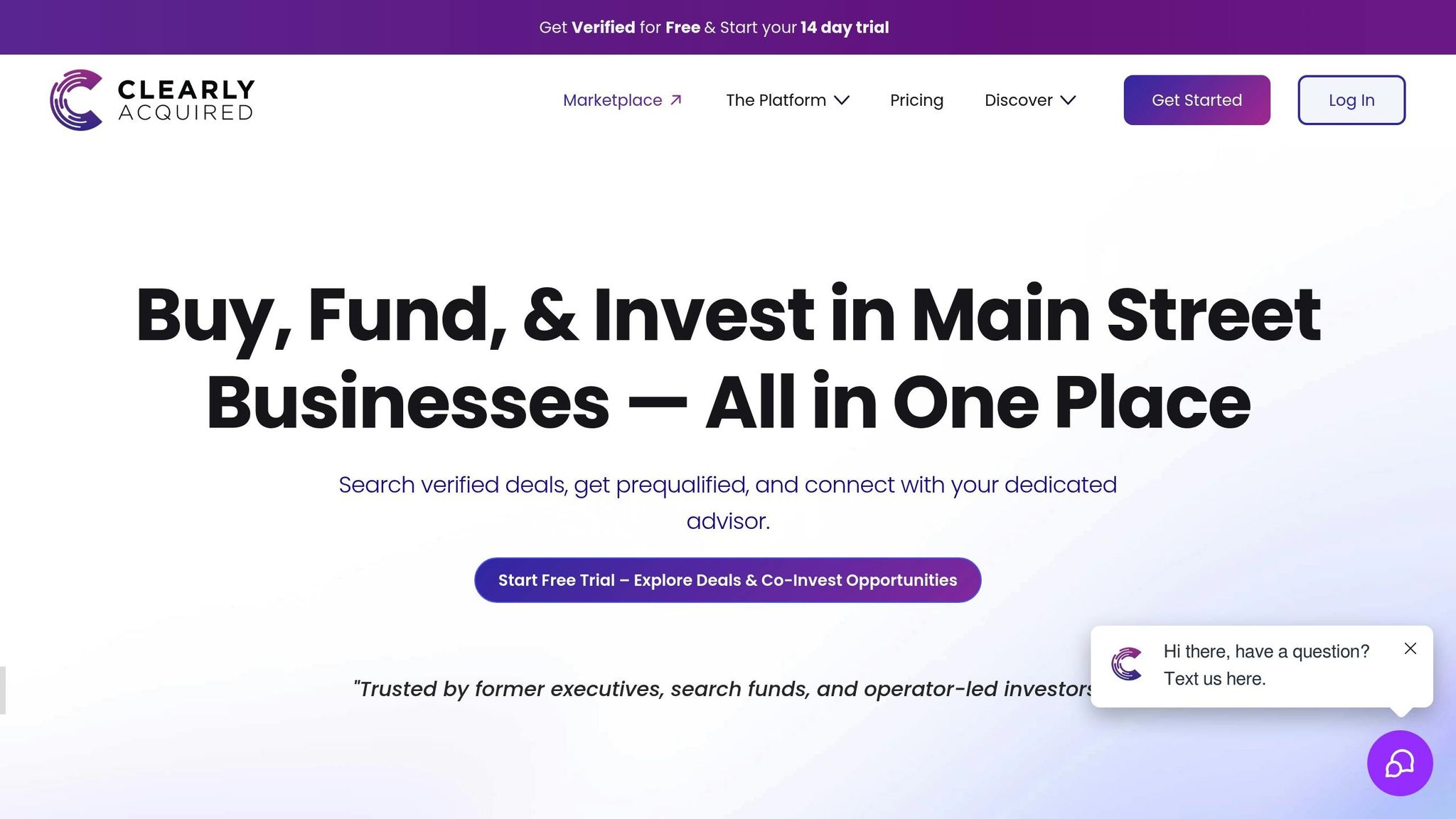
Managing NDAs in M&A can be complex, but platforms like Clearly Acquired streamline the process with advanced tools and automation. This is especially valuable in high-stakes transactions where precision is key.
The platform’s deal management hubs offer centralized control over the sharing of confidential information. Buyers, sellers, and intermediaries can easily track NDA status, monitor who has accessed sensitive data, and maintain detailed audit trails - all without juggling multiple systems or documents.
User verification features add an extra layer of security by ensuring that only vetted parties can access confidential information. This minimizes the risk of unauthorized disclosures while keeping the deal process efficient.
Integrated search tools help users identify potential opportunities while maintaining confidentiality. These AI-powered tools match buyers with suitable businesses while ensuring compliance with NDA terms.
For secure information sharing, Clearly Acquired provides private data rooms enhanced with AI. These rooms automatically organize and categorize sensitive documents, maintain detailed access logs, and help identify potential breaches - all while simplifying compliance with NDA requirements.
The platform’s in-platform messaging system ensures all communications stay within a secure environment, reducing the risk of accidental disclosures through external channels. This streamlined approach keeps discussions confidential while enabling smooth collaboration.
For smaller acquisitions, such as those on Main Street, Clearly Acquired’s automated systems make professional-grade NDA management accessible, even for users without extensive M&A experience. The platform also offers educational resources, including business acquisition courses, to help users understand their confidentiality obligations and adopt best practices throughout the deal process.
What Is A Mutual NDA? - BusinessGuide360.com

Conclusion
Picking the right NDA can make or break the success of your deal. It's all about matching the agreement to the nature of the information being shared.
Unilateral NDAs are ideal when only one party is sharing sensitive details. They’re straightforward, quicker to finalize, and less complex. On the other hand, mutual NDAs are better suited for situations where both parties are sharing proprietary data. While they might take more effort to negotiate, they provide balanced protection - an essential factor in scenarios like mergers or joint ventures where both sides need to evaluate operations, intellectual property, or strategic plans.
Using the wrong type of NDA can lead to unnecessary risks, like exposing confidential information or complicating the negotiation process.
To ensure your NDA is effective, stick to best practices: clearly define what counts as confidential, set realistic timeframes, and outline any exceptions upfront.
Modern tools can also simplify the process. Platforms like Clearly Acquired help automate NDA creation, verification, and management. These solutions reduce human error and speed up transactions, making it easier for smaller businesses to safeguard sensitive information during Main Street acquisitions.
FAQs
What should you consider when choosing between a mutual and unilateral NDA in an M&A deal?
When choosing between a mutual NDA and a unilateral NDA in an M&A transaction, the decision largely depends on how confidential information will flow between the parties. A unilateral NDA works best when only one party - usually the seller or target company - needs to disclose sensitive information. This type of agreement is straightforward and easier to enforce since it focuses solely on protecting the disclosing party's details.
In contrast, a mutual NDA is more appropriate when both parties intend to exchange confidential information. This setup ensures that both sides receive equal protection, making it particularly useful in collaborative negotiations where trust and balanced safeguards are essential.
Other factors to consider include the complexity of the deal, the nature of the information being shared, and the degree of legal protection required. For situations involving shared disclosures or intricate negotiations, mutual NDAs often offer a better fit. The final choice should reflect the specific needs of the transaction and the desired level of confidentiality.
What steps can companies take to ensure unilateral NDAs are enforceable in M&A transactions?
To keep unilateral NDAs enforceable in M&A transactions, it’s essential to draft agreements that are clear, precise, and focused on safeguarding critical confidential information. Vague or overly broad terms can weaken their effectiveness, so it’s important to clearly define what qualifies as confidential information and establish reasonable confidentiality time limits.
Including clauses for remedies in case of a breach, like injunctive relief, can strengthen the agreement’s enforceability. It’s also smart to ensure the NDA aligns with applicable laws in the relevant jurisdiction and to consult legal counsel during the drafting process. Regularly revisiting and updating NDAs to account for changes in laws or business practices is another practical step to maintain their effectiveness.
How can the negotiation process for mutual NDAs in M&A deals be simplified?
Simplifying how mutual NDAs are handled in M&A deals can make a big difference in saving time and avoiding unnecessary headaches. One smart move is to rely on standardized NDA templates, which cut down on the time spent drafting. Pair that with technology-driven tools to speed up the review and approval process, and you’re already on the fast track.
Another tip? Lay out the critical terms clearly from the start. When everyone understands the key points upfront, it reduces misunderstandings and keeps discussions moving smoothly. Encouraging a collaborative mindset between all parties also helps avoid roadblocks.
For even greater efficiency, you might want to outsource NDA management to professionals or use platforms that automate tasks like deployment and tracking. This way, confidentiality stays intact without adding unnecessary layers of complexity.









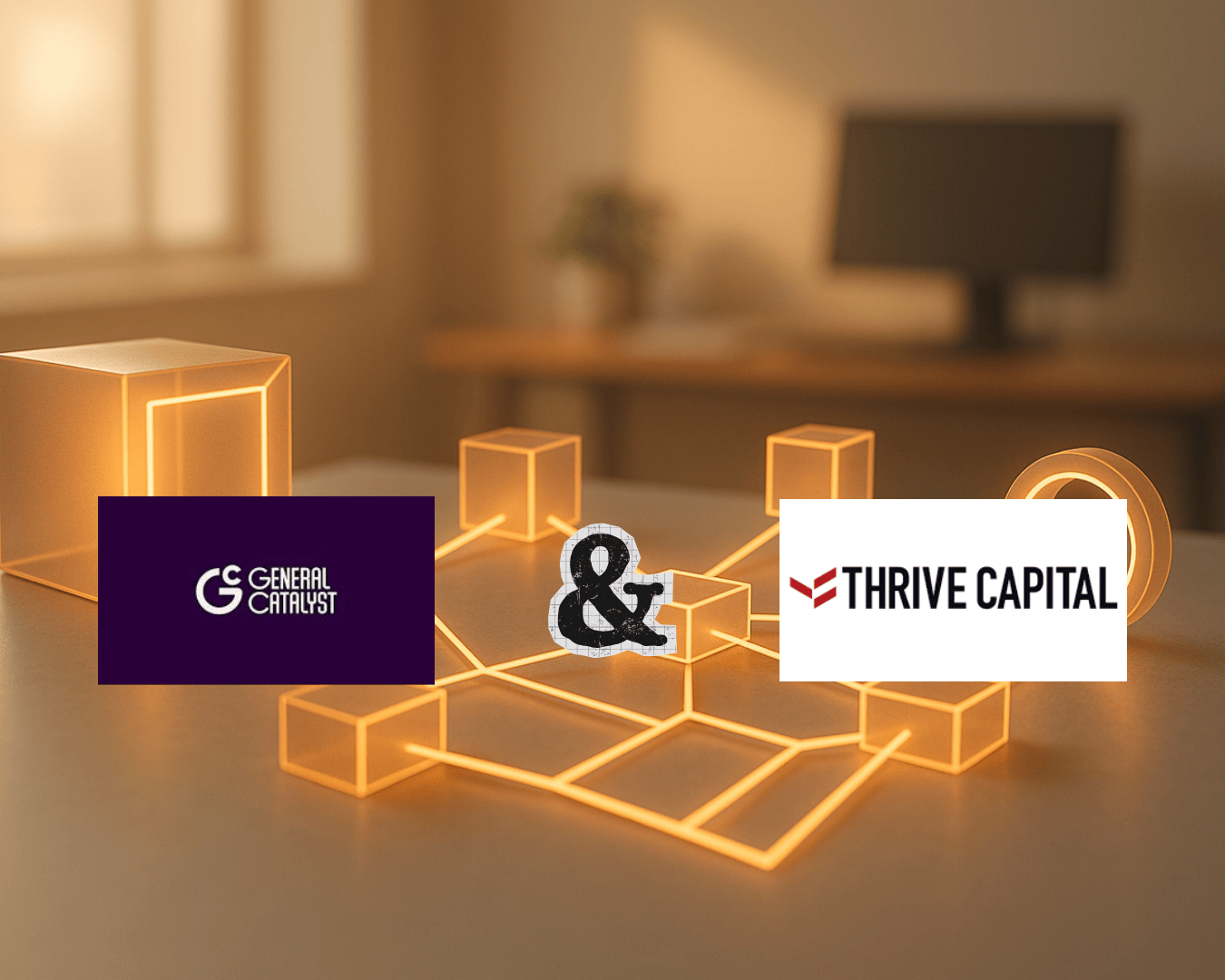







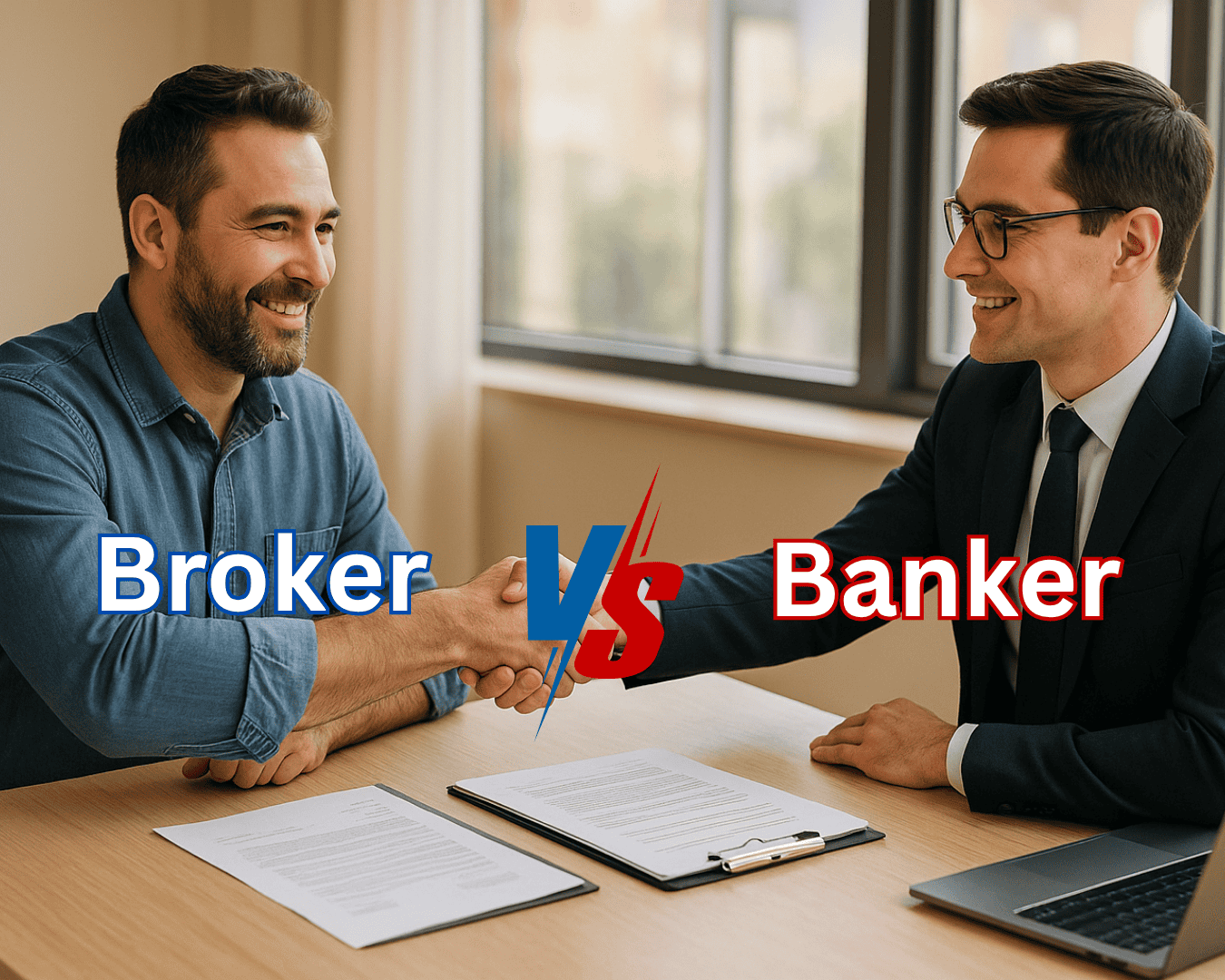
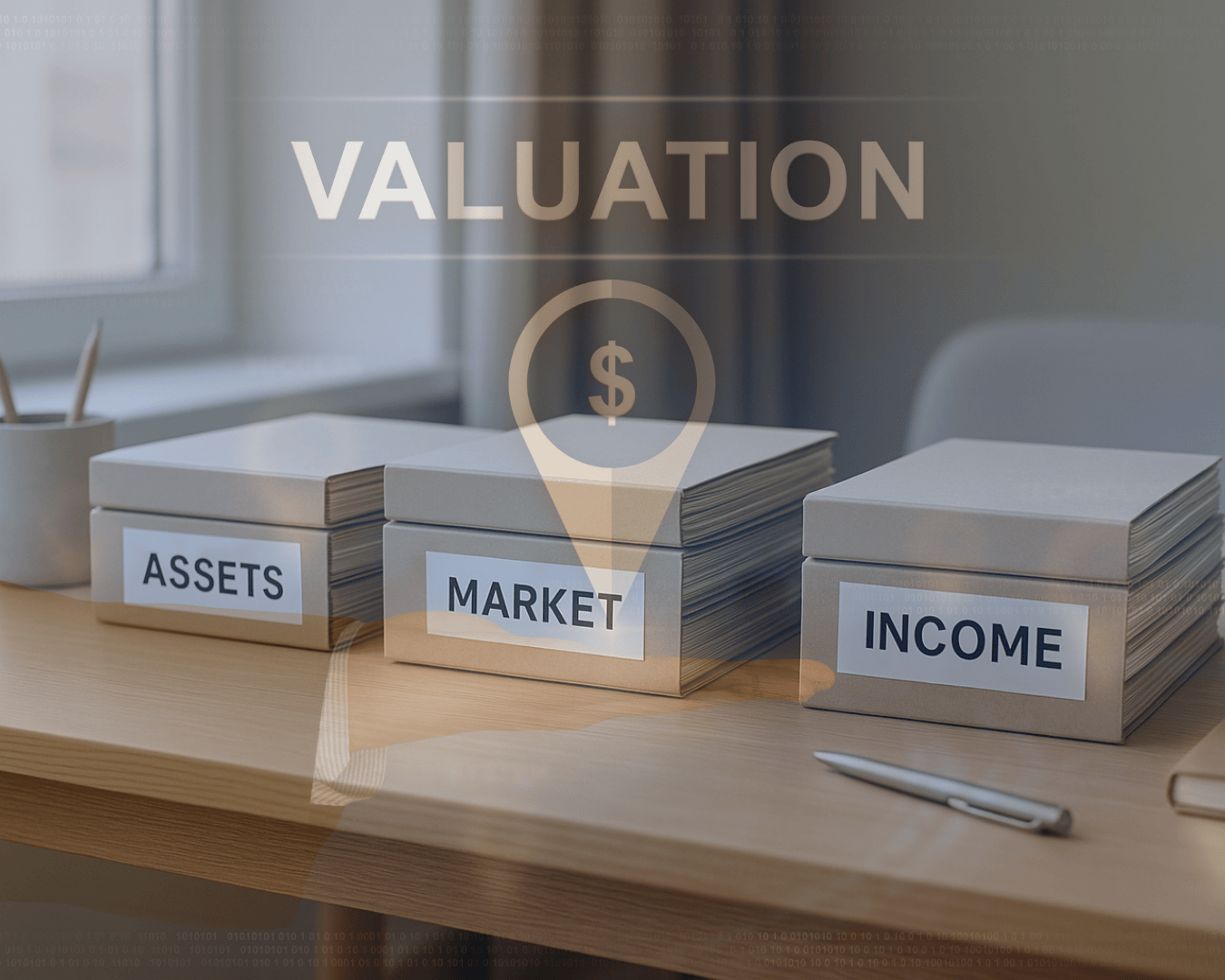


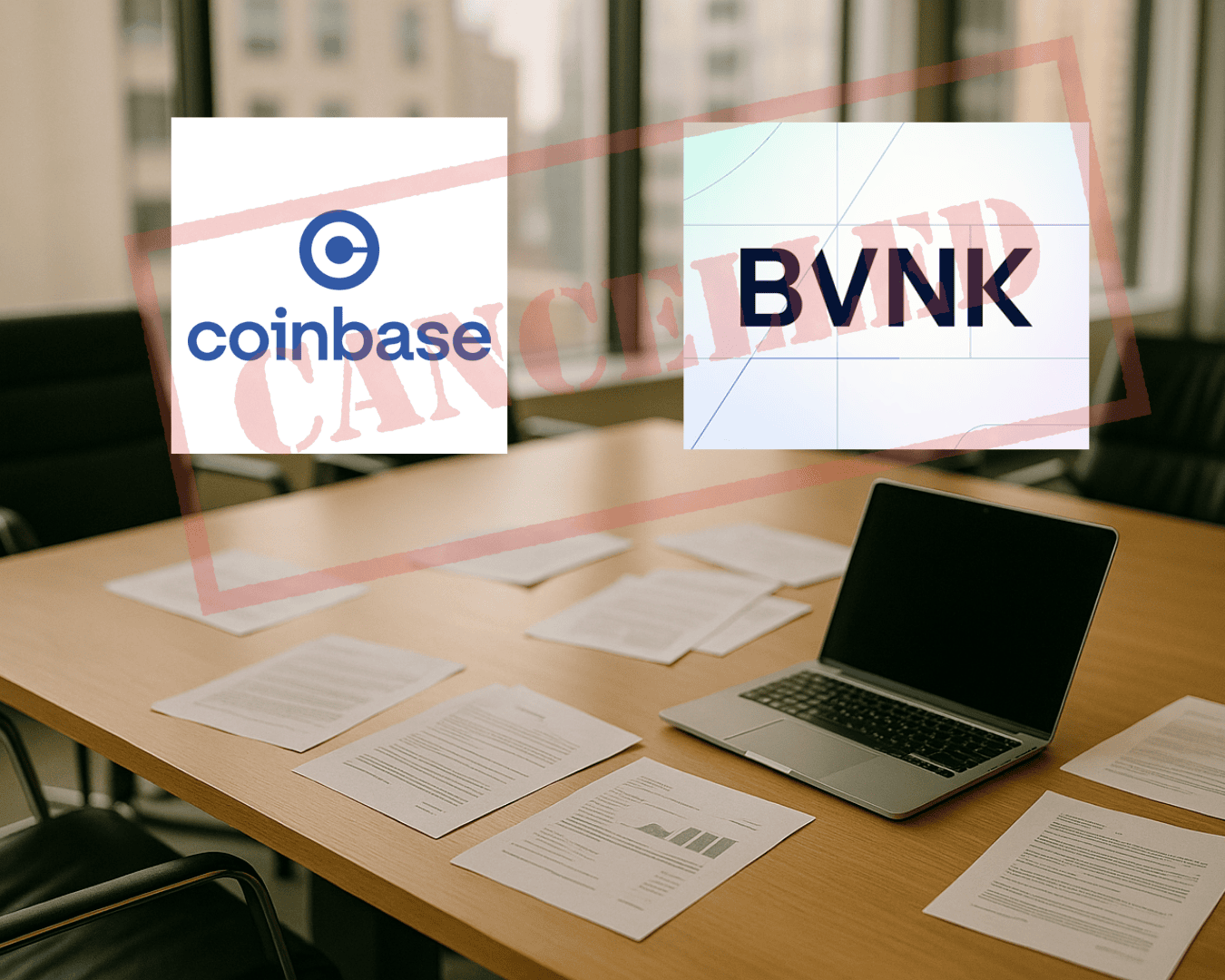









.png)
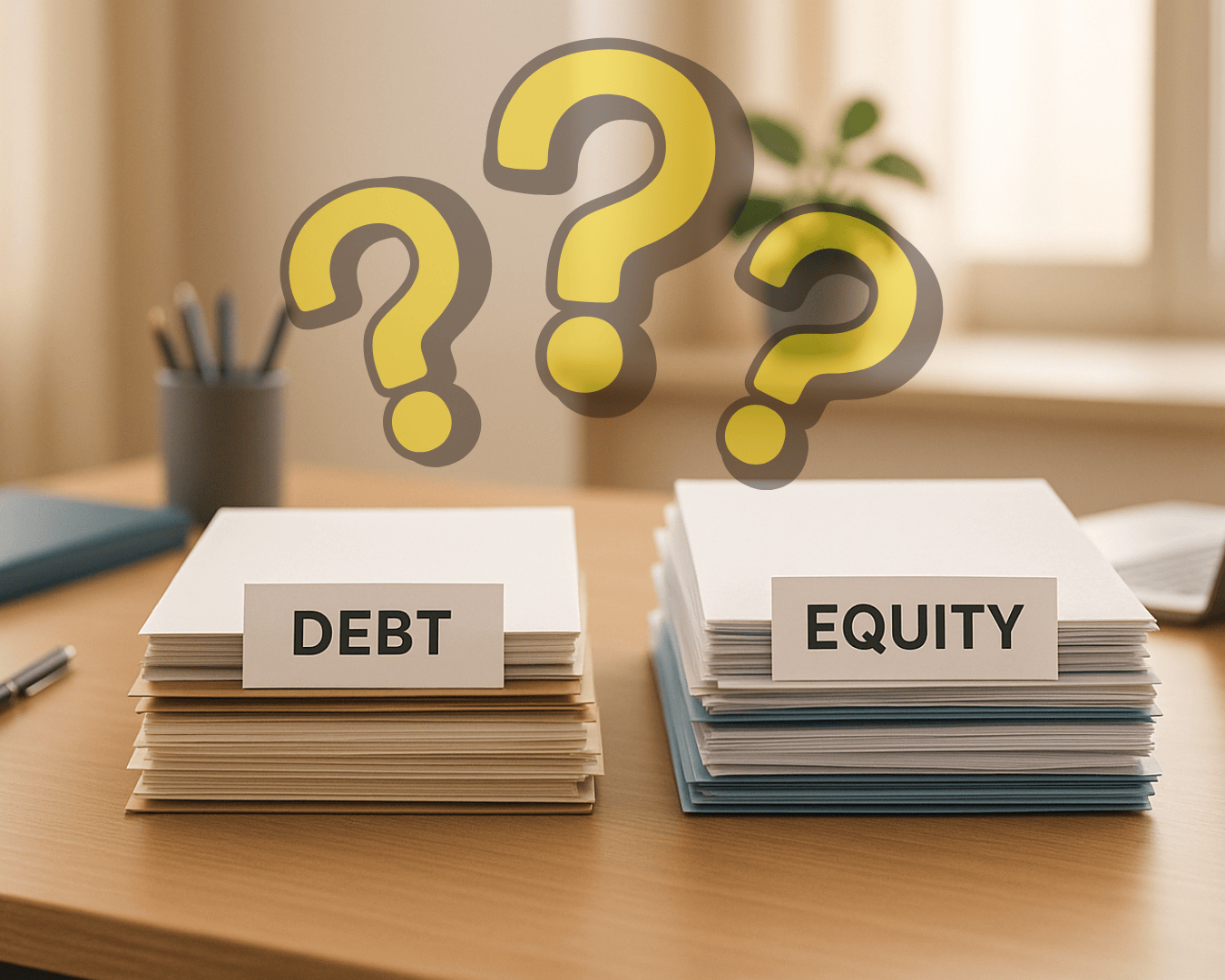
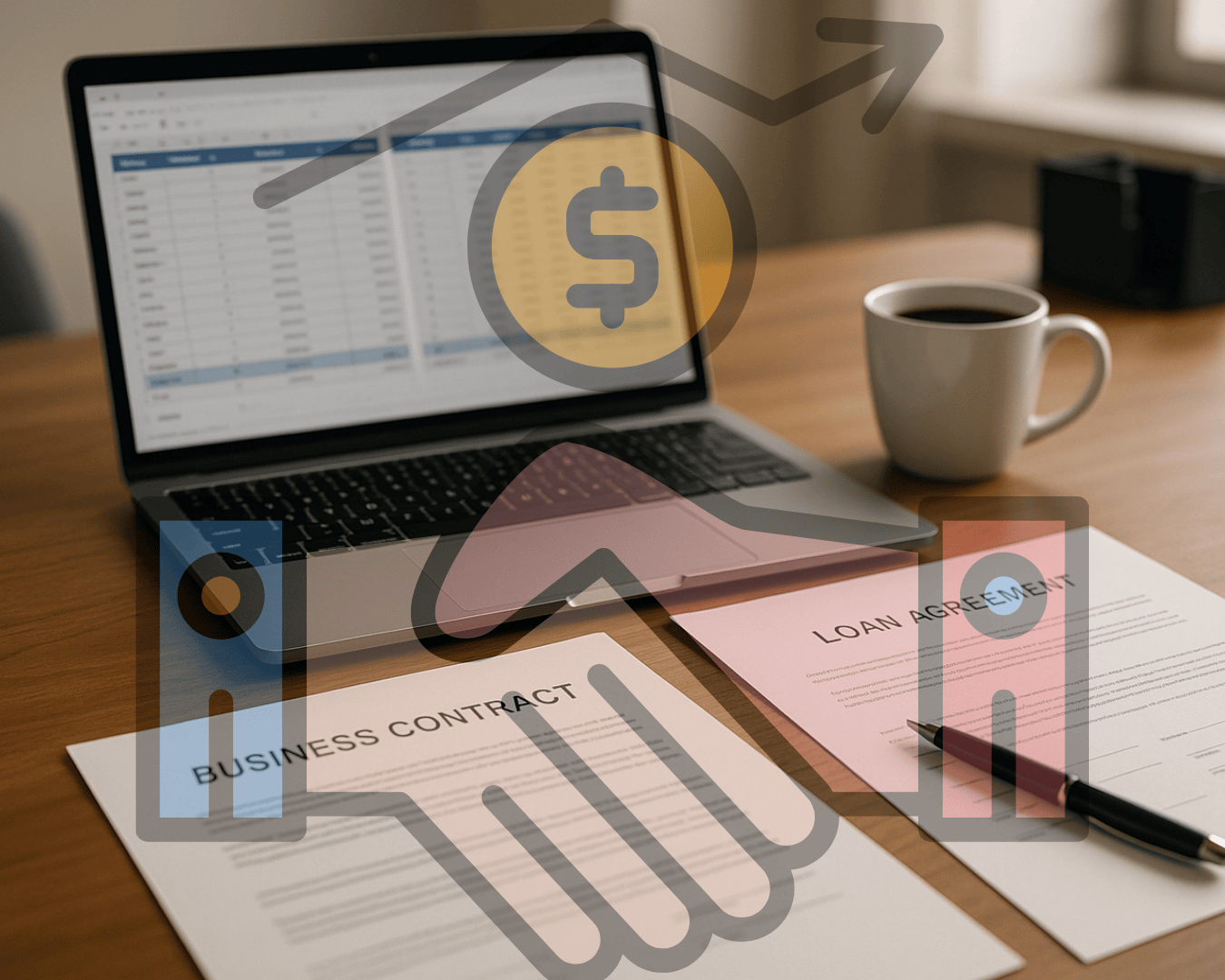


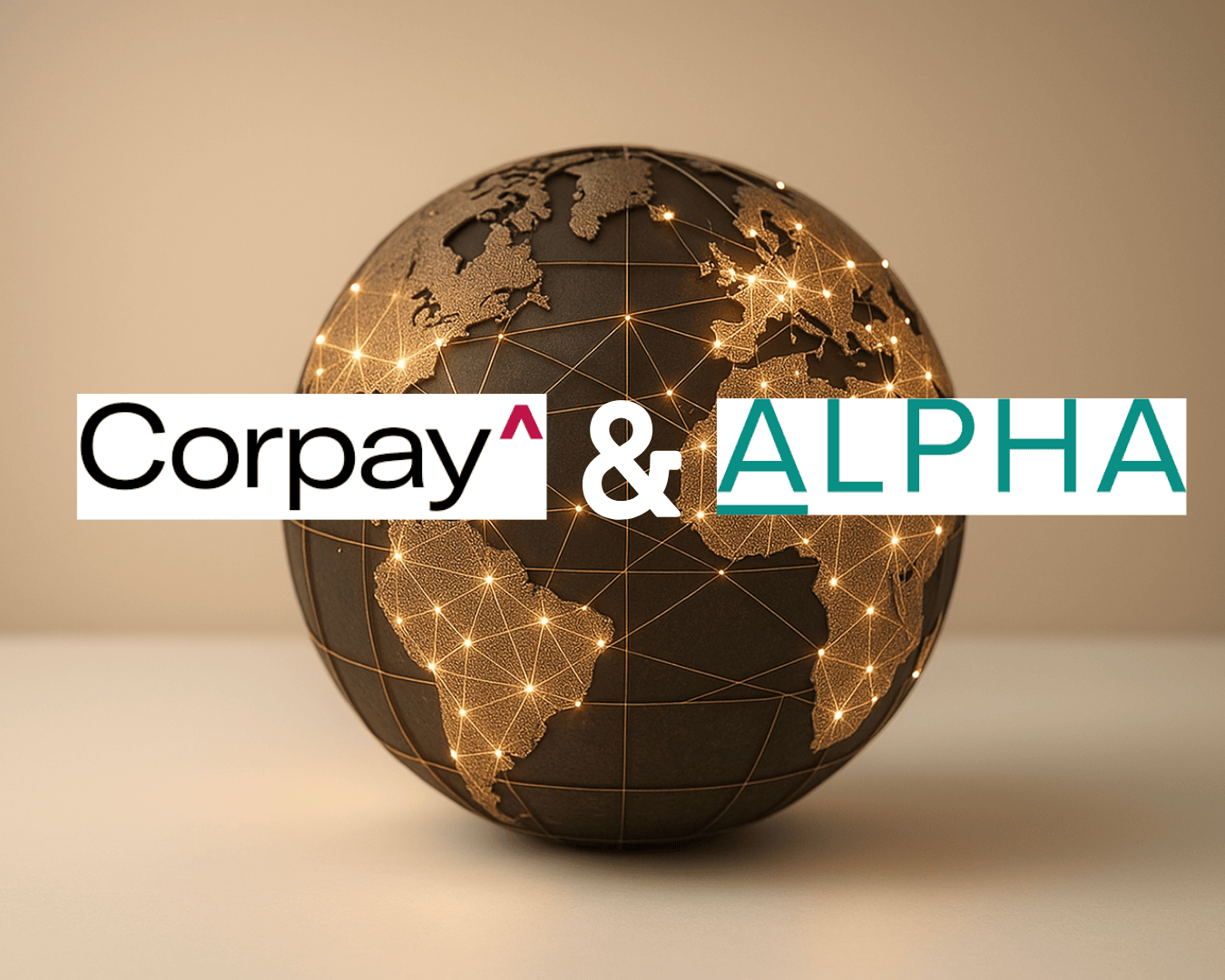

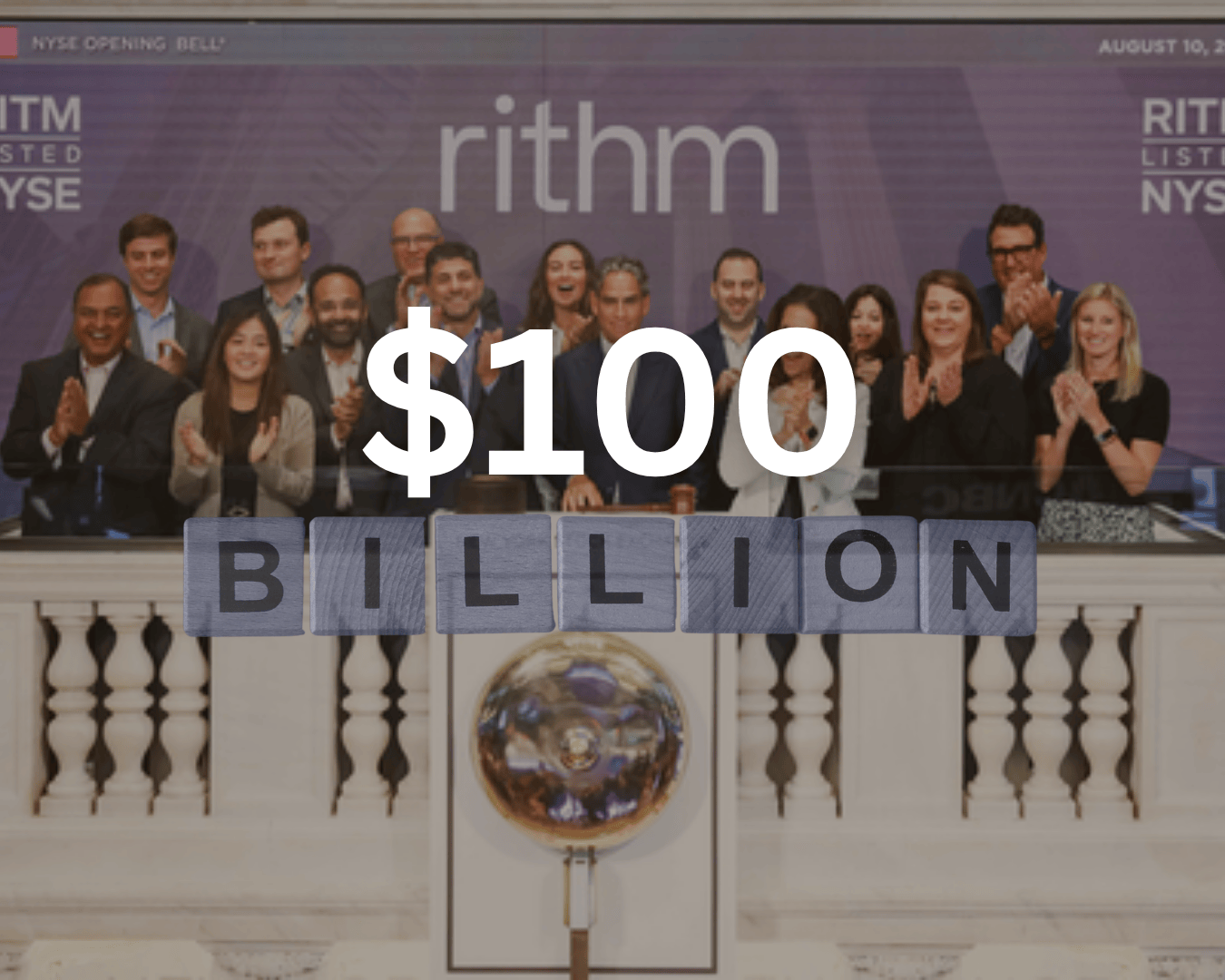










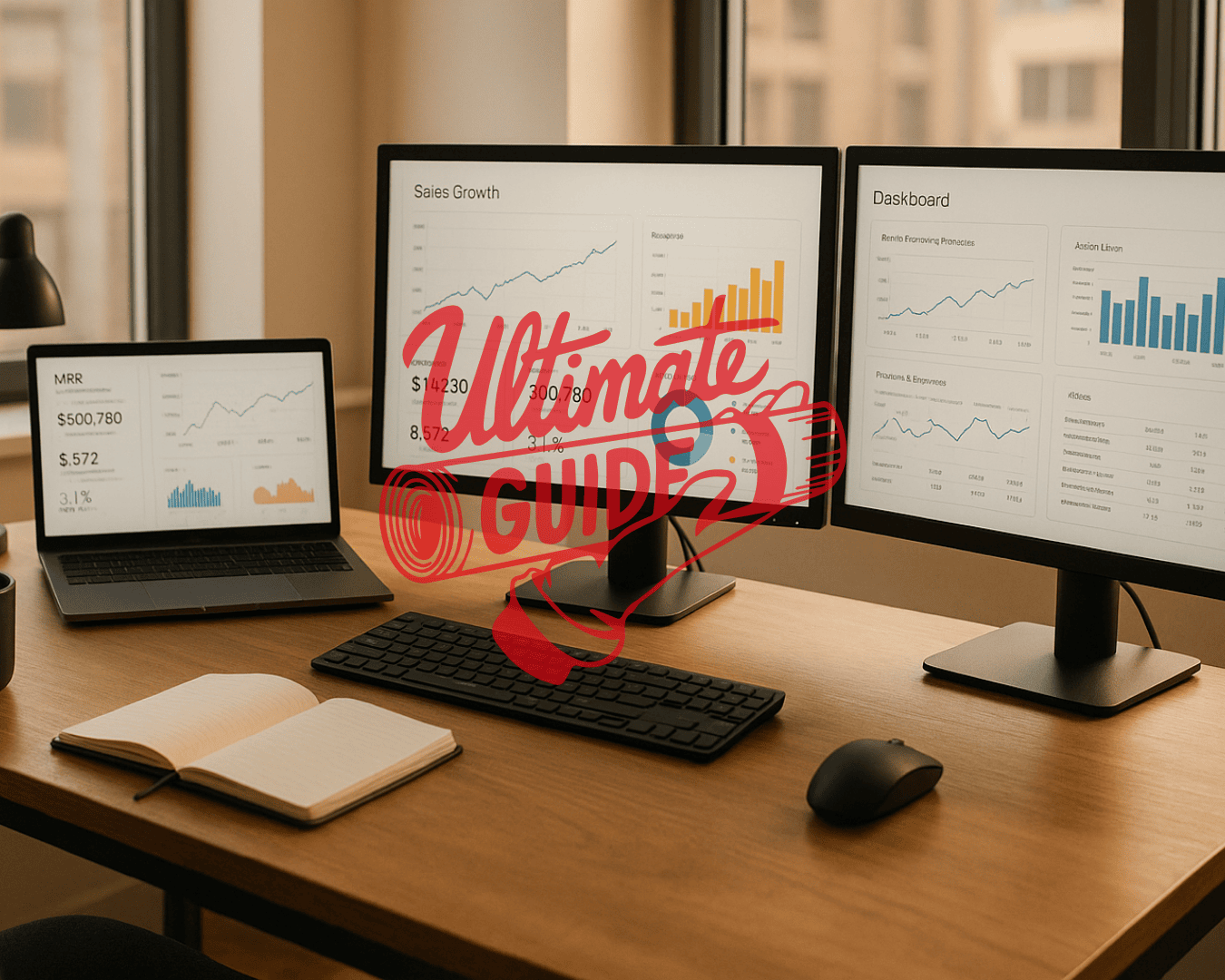



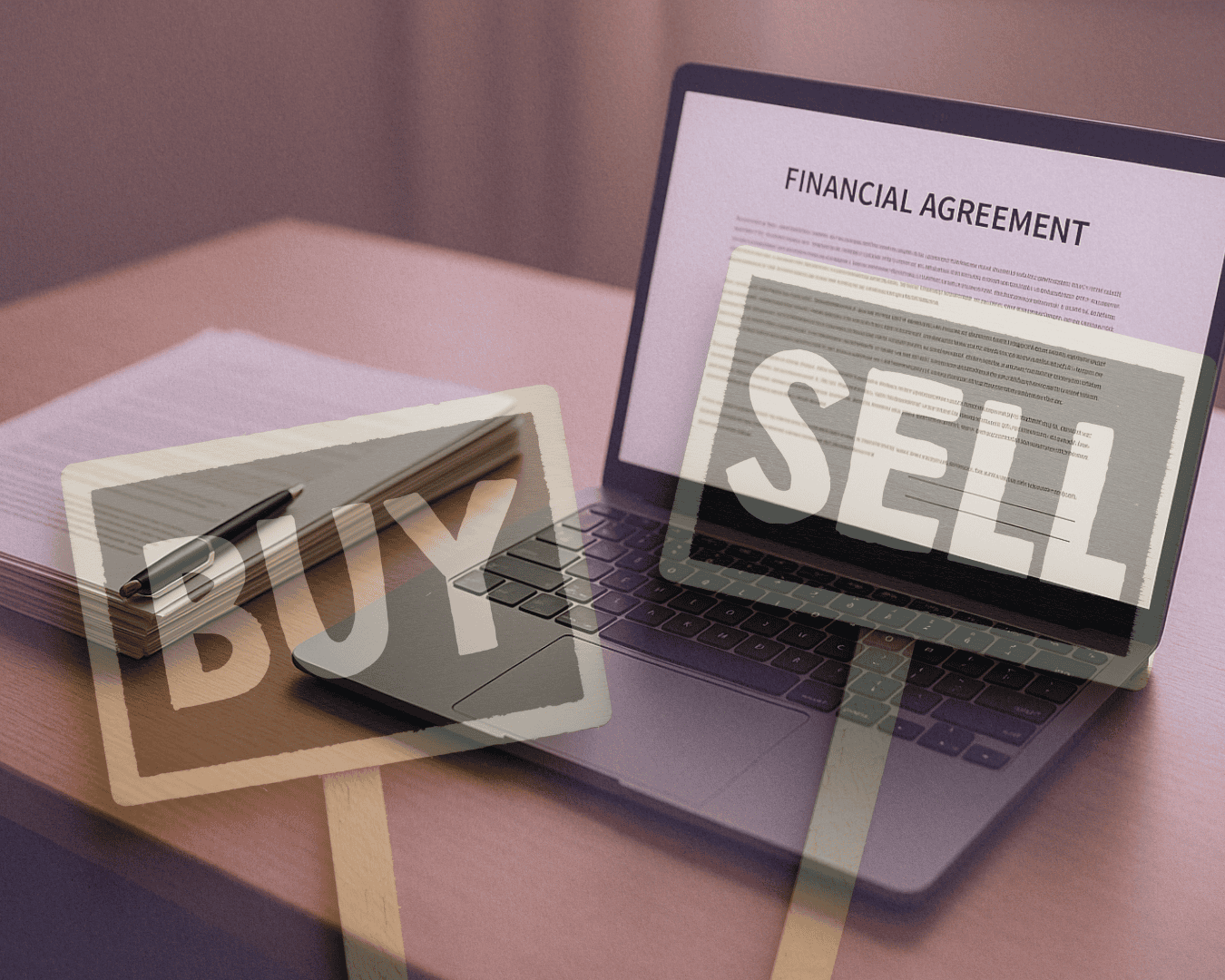

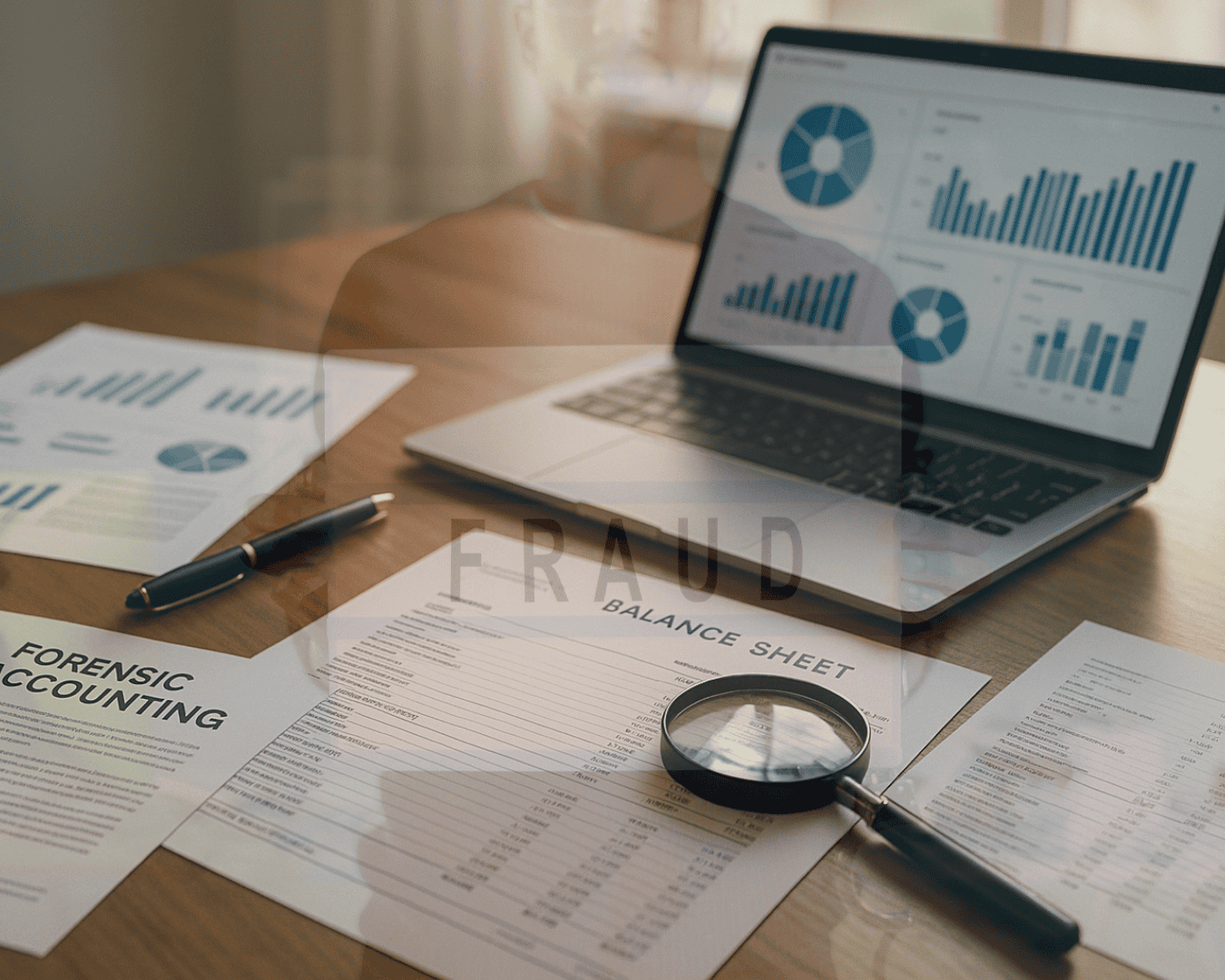
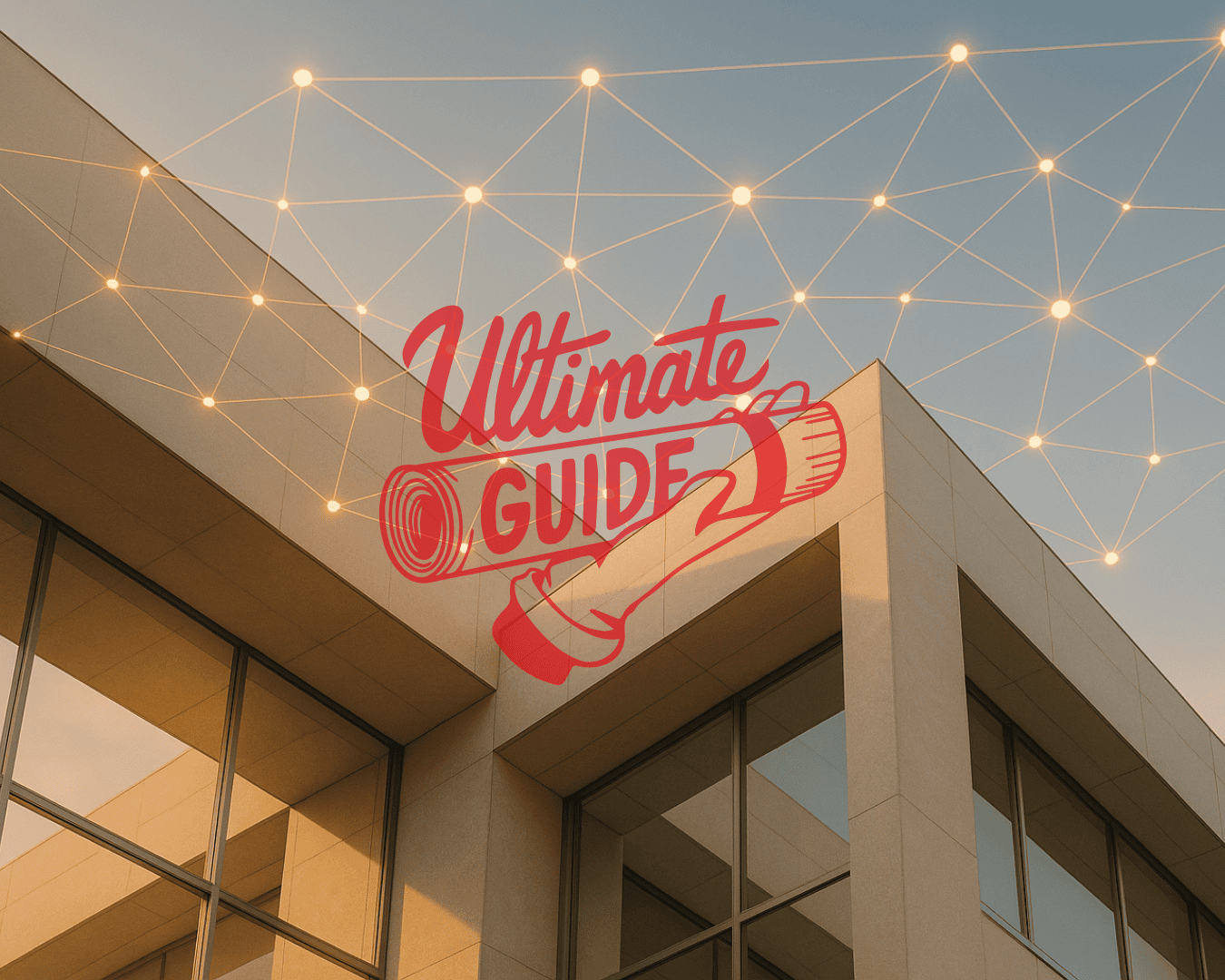



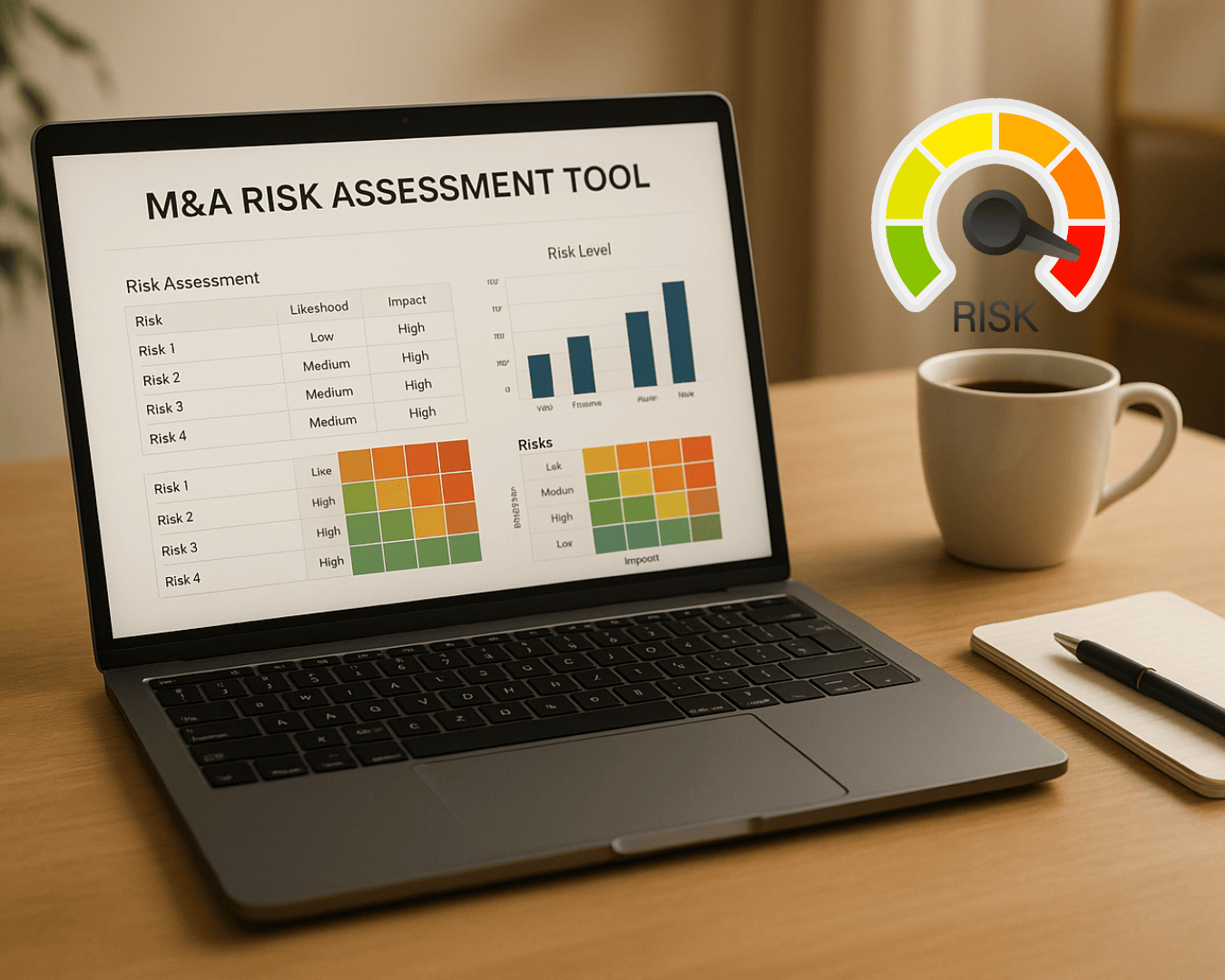
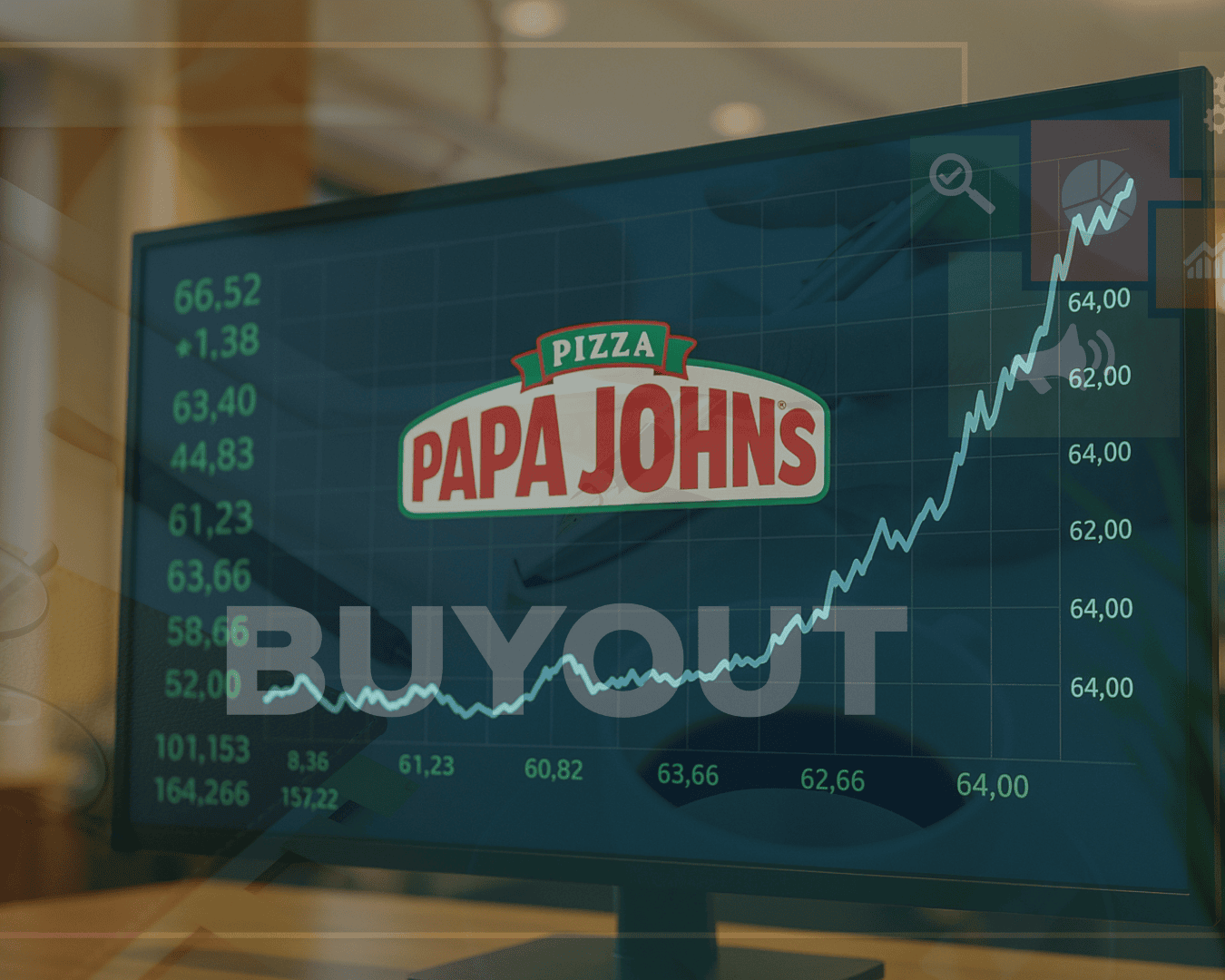
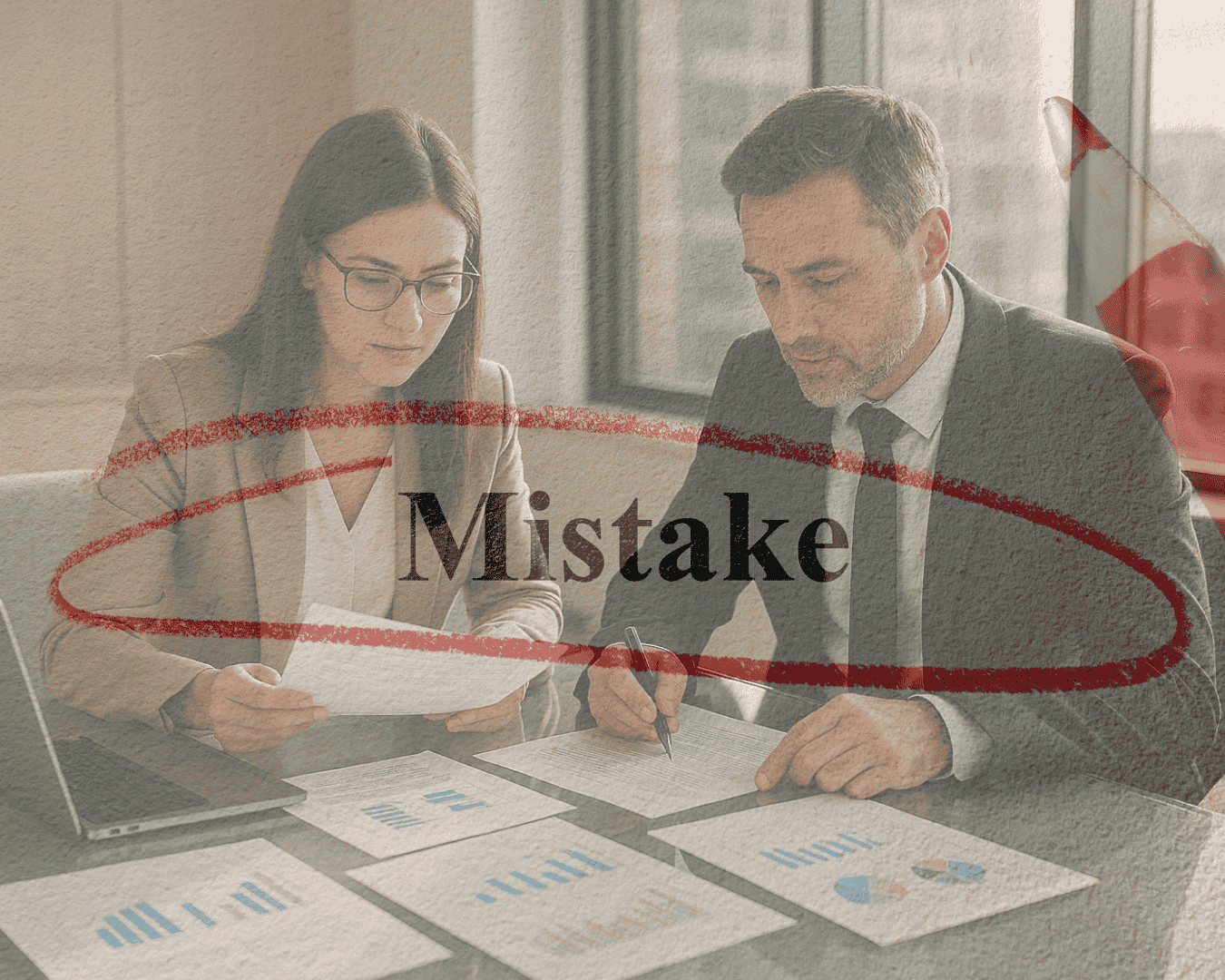
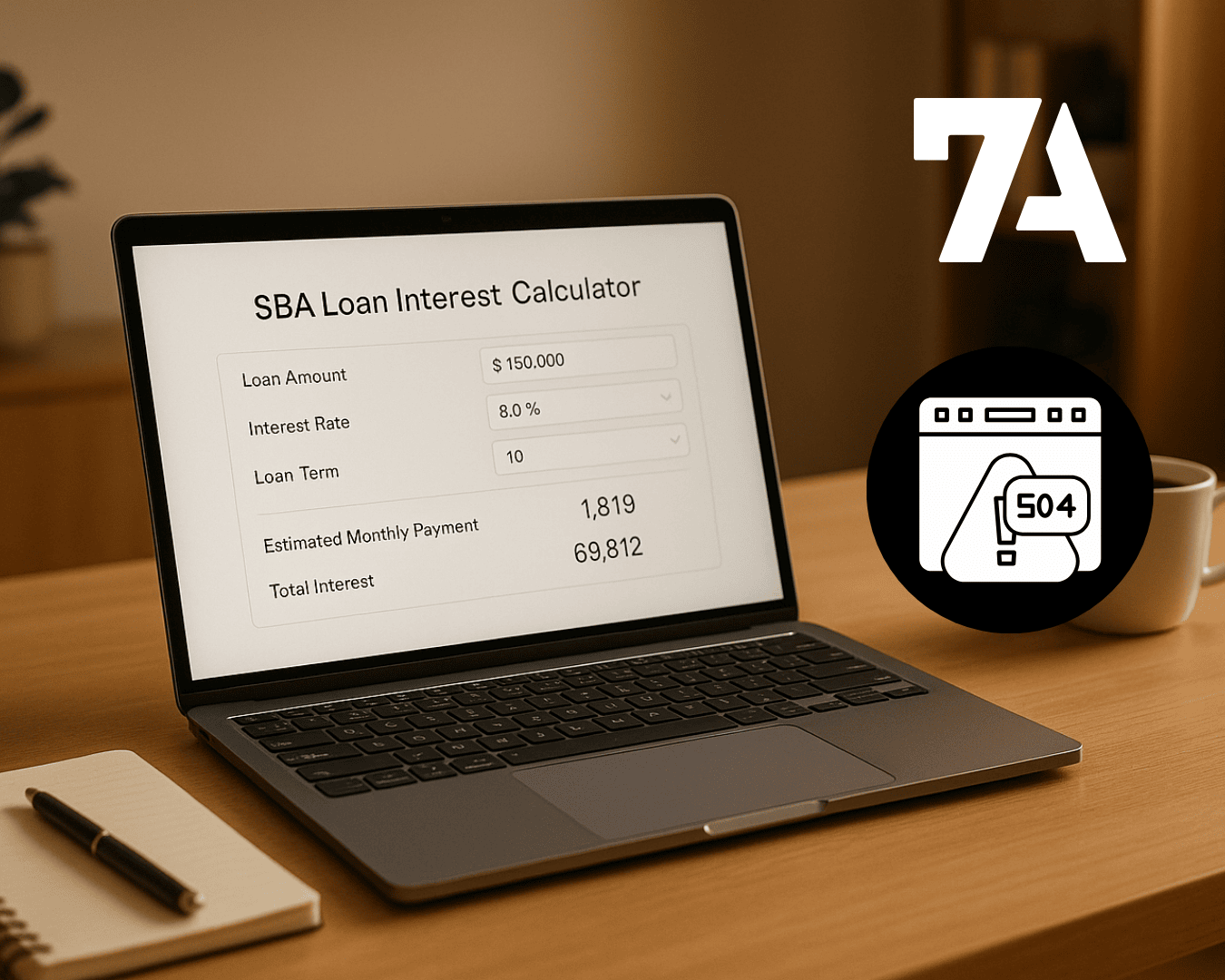







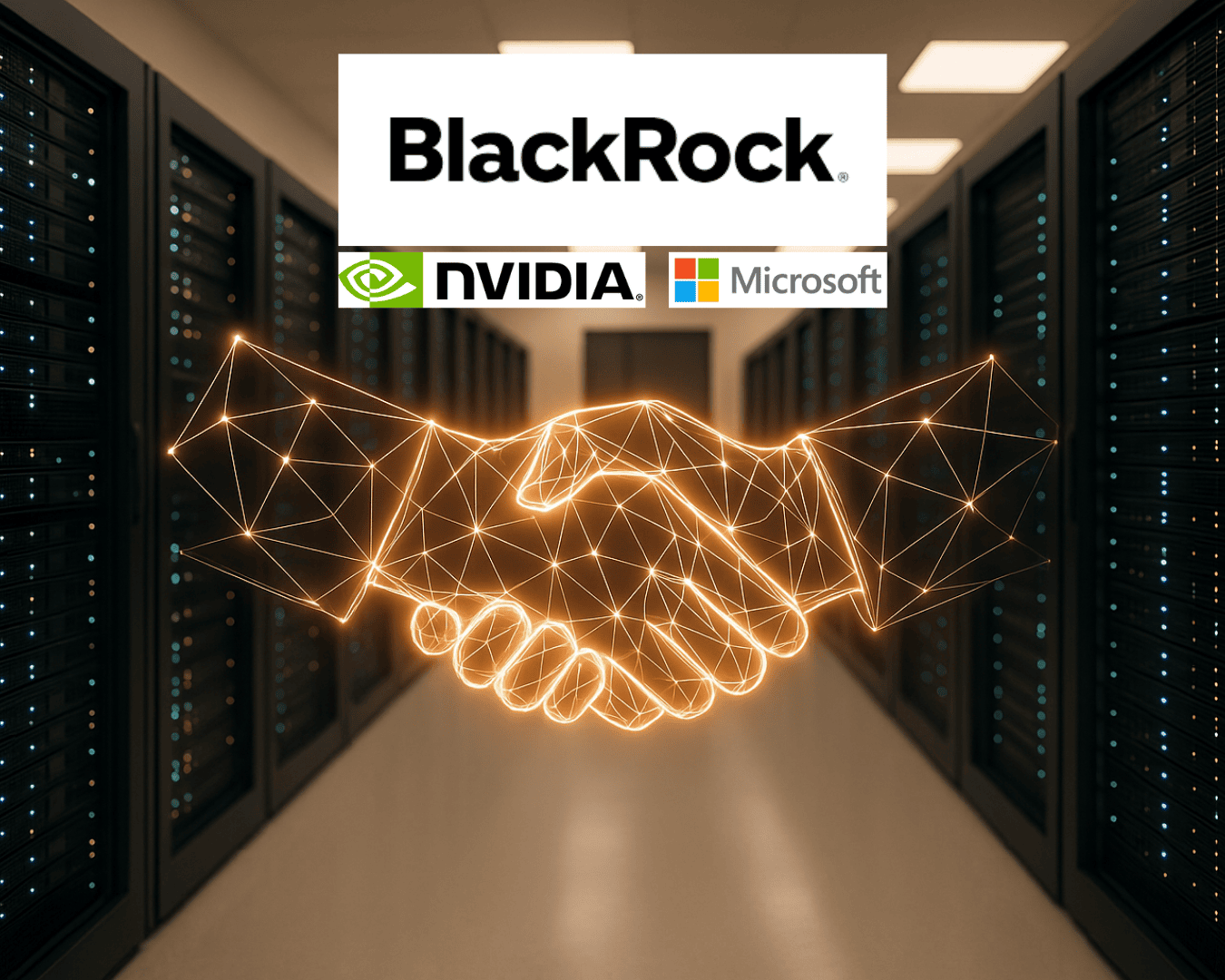
%20Loan%20Application%20Checklist.png)
